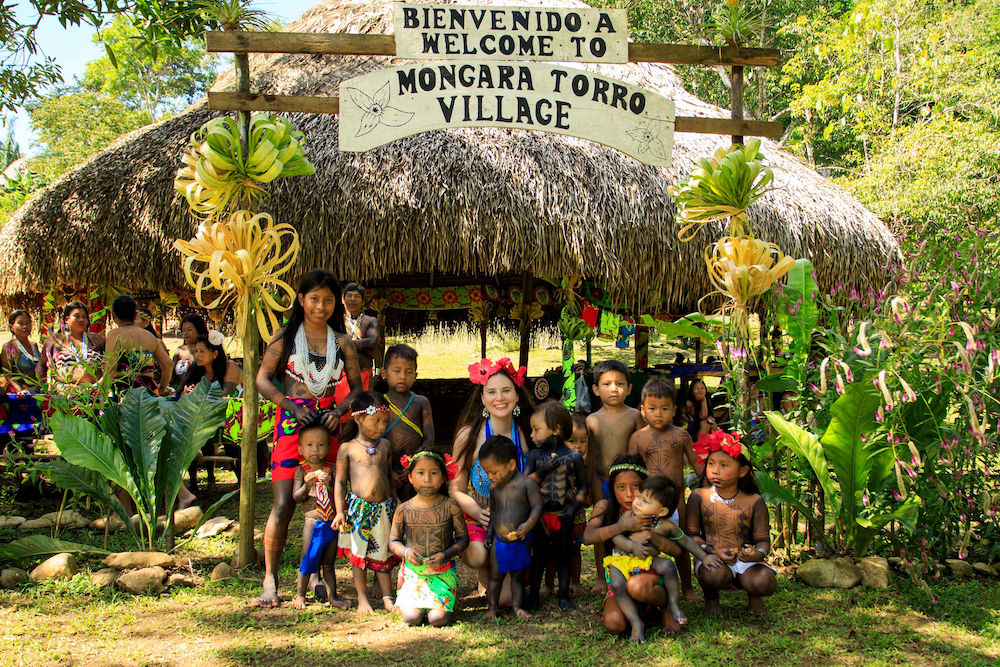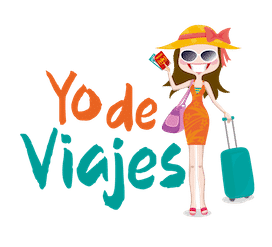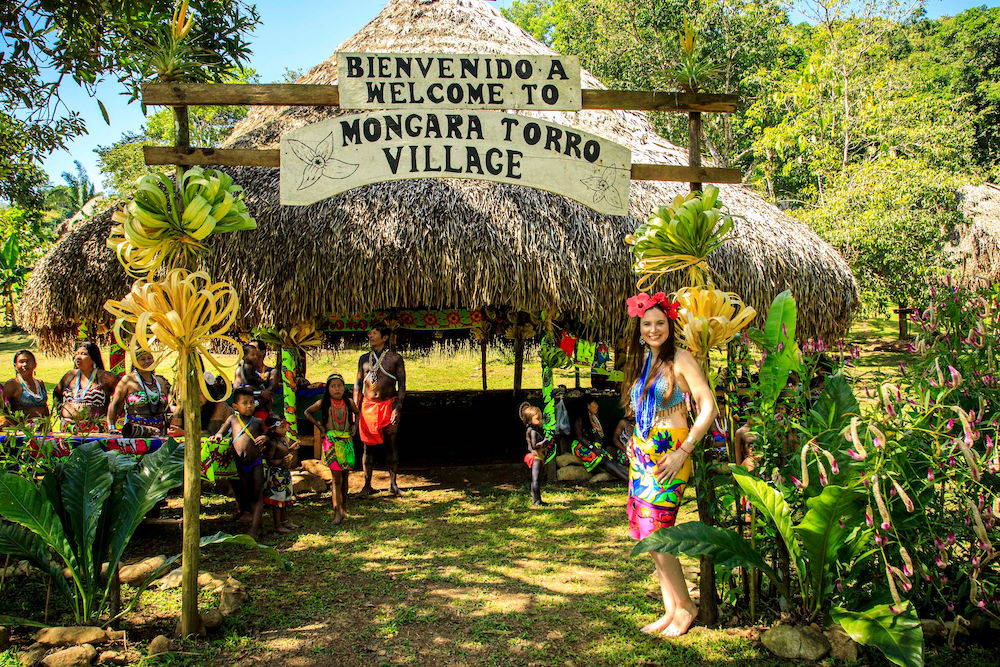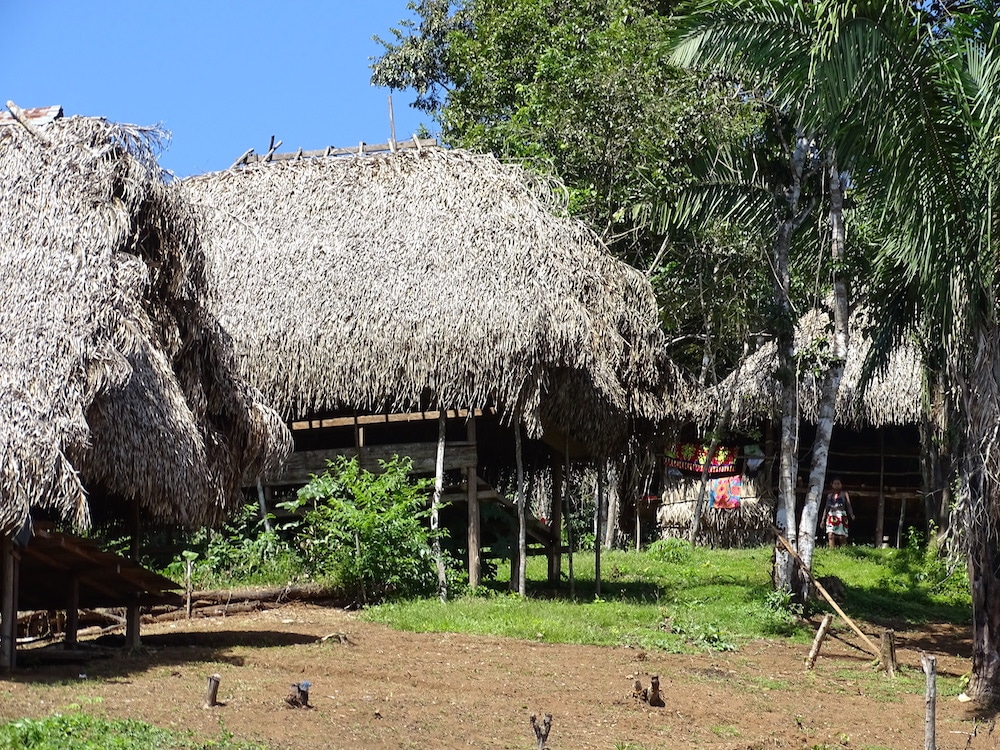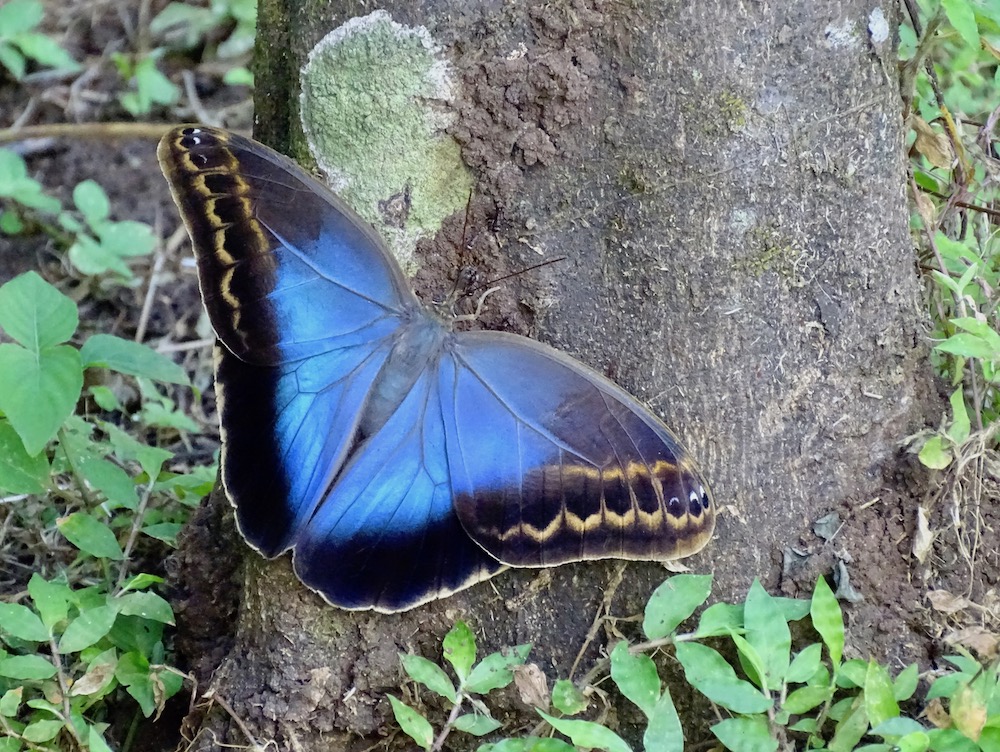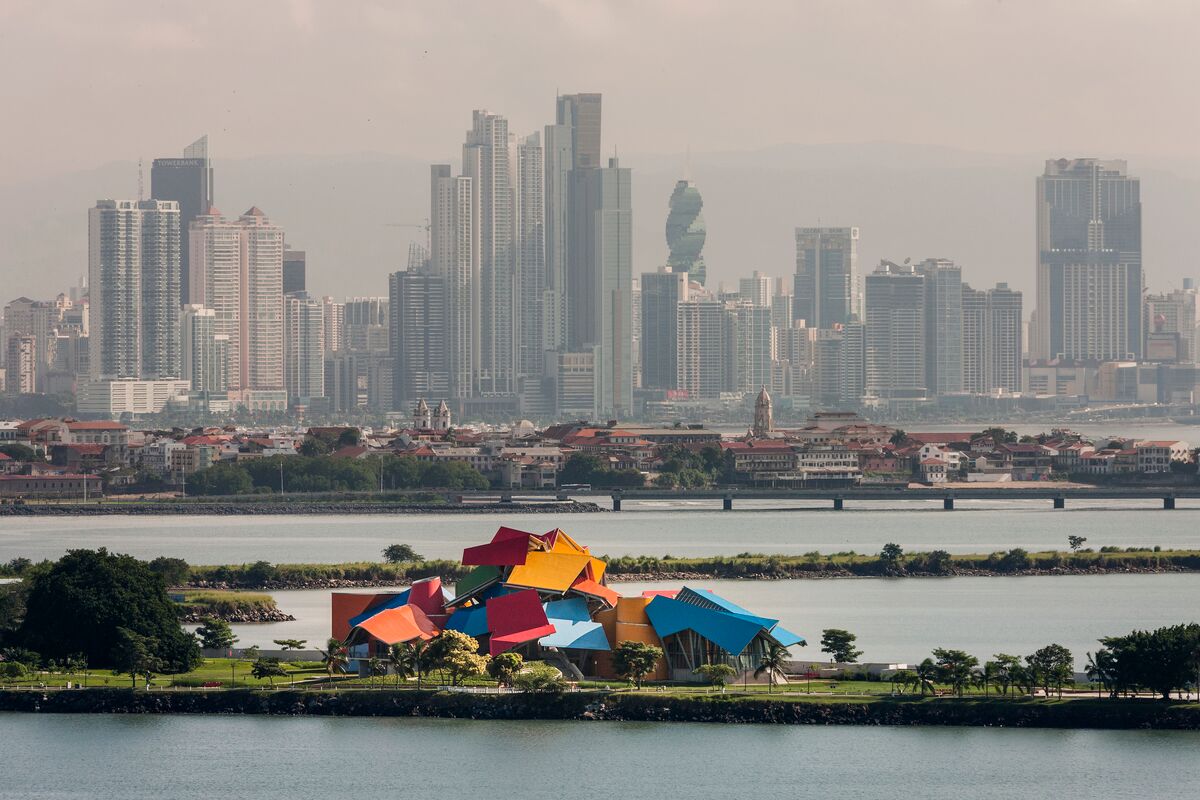I had many years without visiting an Embera community in Panama. Carlos Cruz, an Instagram friend who is a photographer, asked me to accompany him to Mongara Torro. The rest of the group worked with Carlos at the United Nations. We were the first tourists to visit this community that is barely 15 years old. They decided to move to improve their economy, since their previous location was inaccessible. With the help of the government they looked for a place that had forest, river and accessibility for tourists. All this was found on the shore of Lake Alajuela in the Chagres National Park.
Booking.com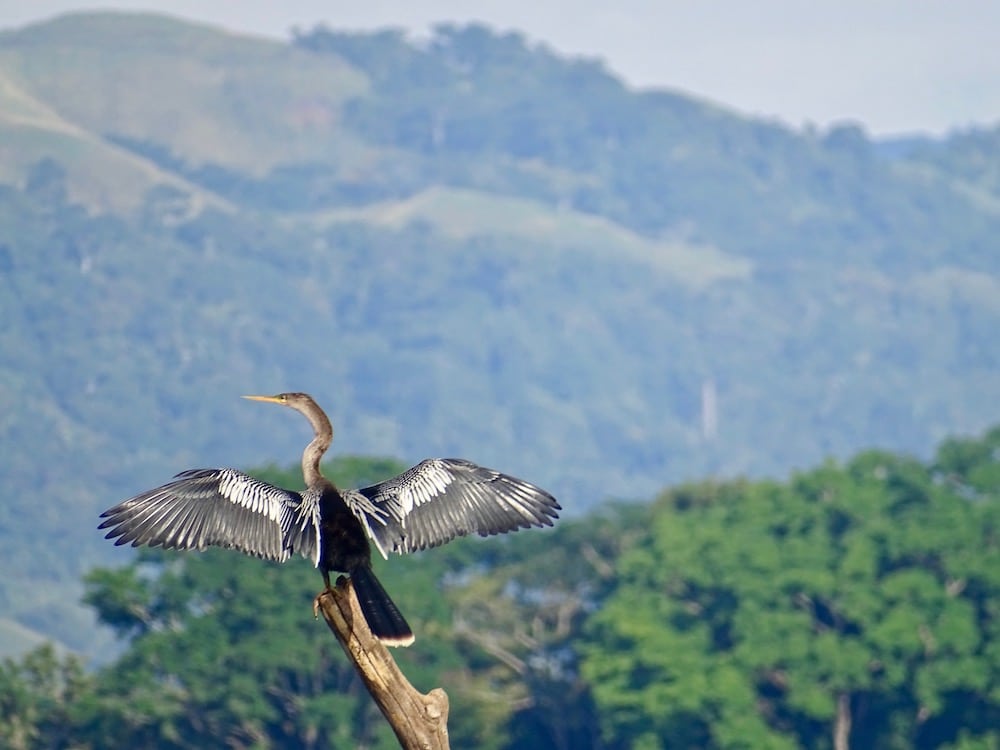
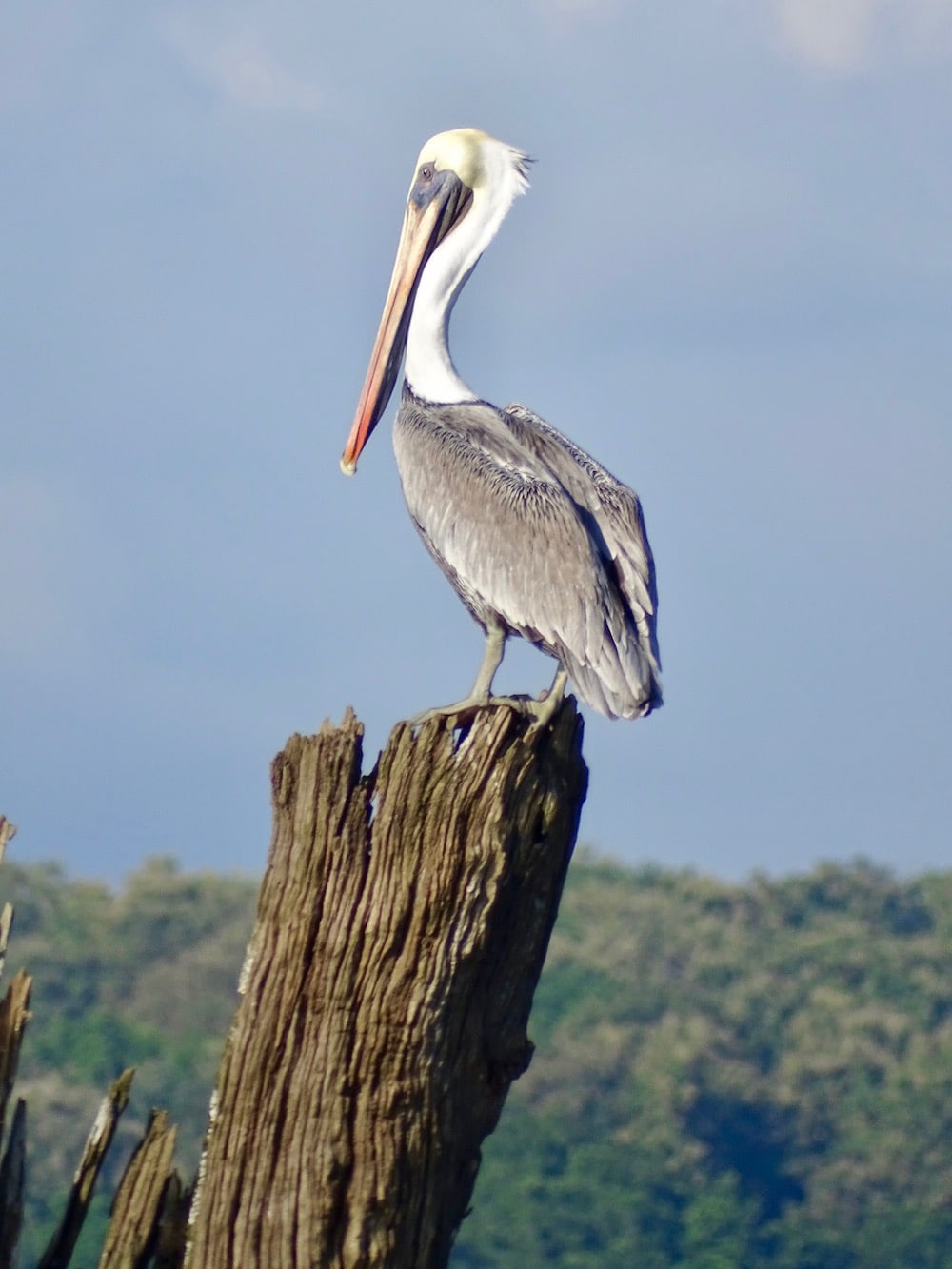
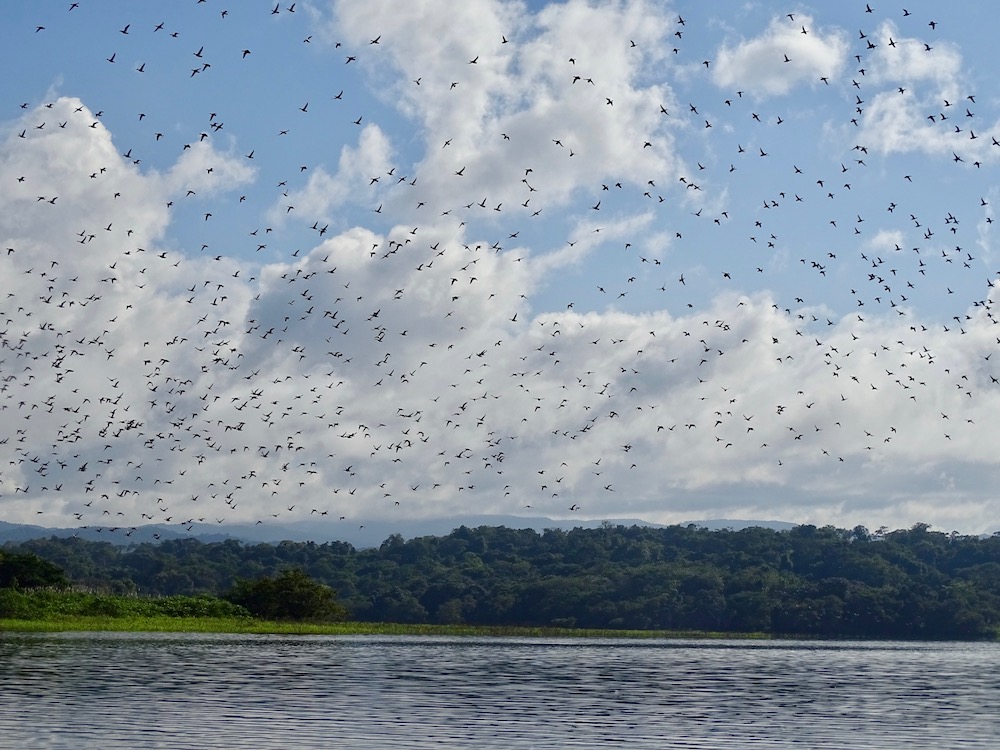
Chagres National Park
We arrive at the port of Corotu located one hour from Panama City. The road is in perfect condition, so it can be reached in any vehicle. There are two additional ports, Salamanca and Nuevo Vigia, which are closer to Mongara Torro. The Ministry of Environment of Panama has basic infrastructure that includes a parking lot. A minimum fee must be paid for parking and using the bathroom. The port was full of Embera men using their traditional dress that is a cover called “guayuco”.
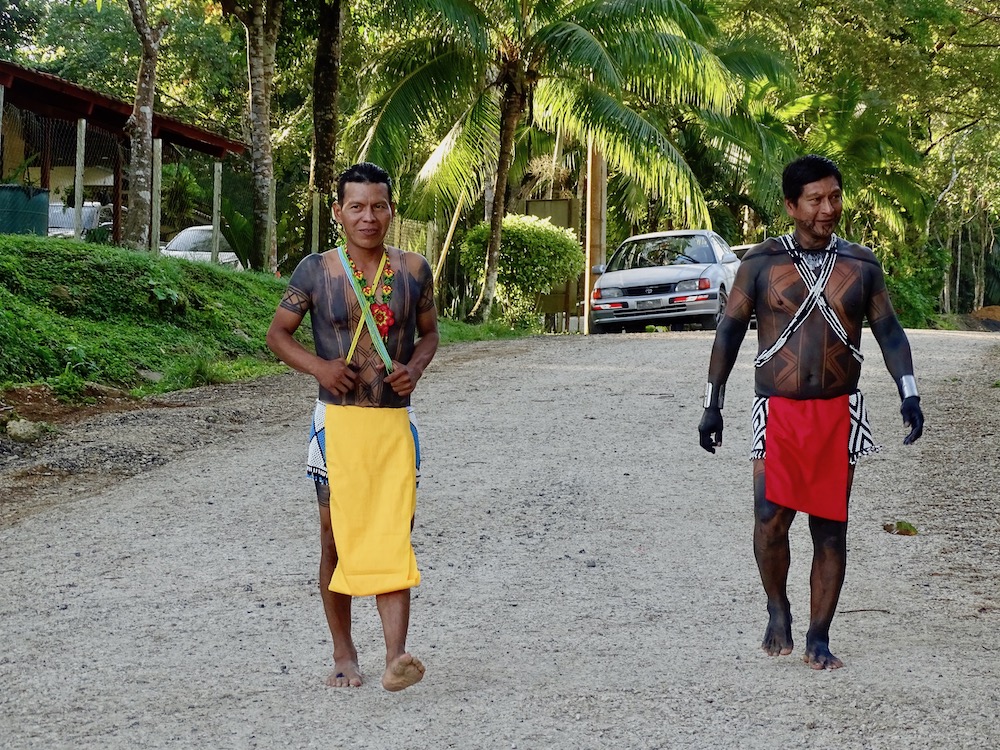
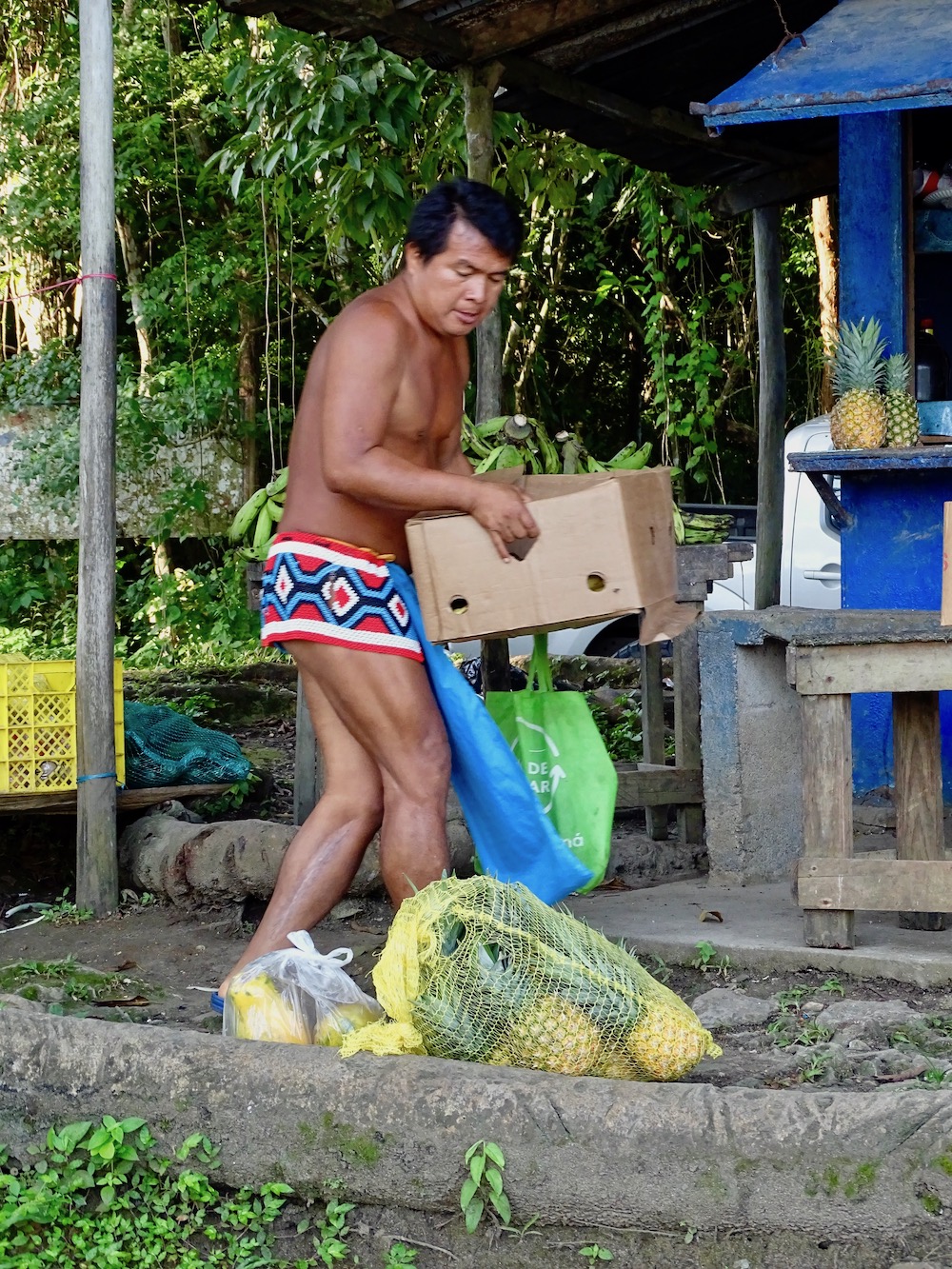
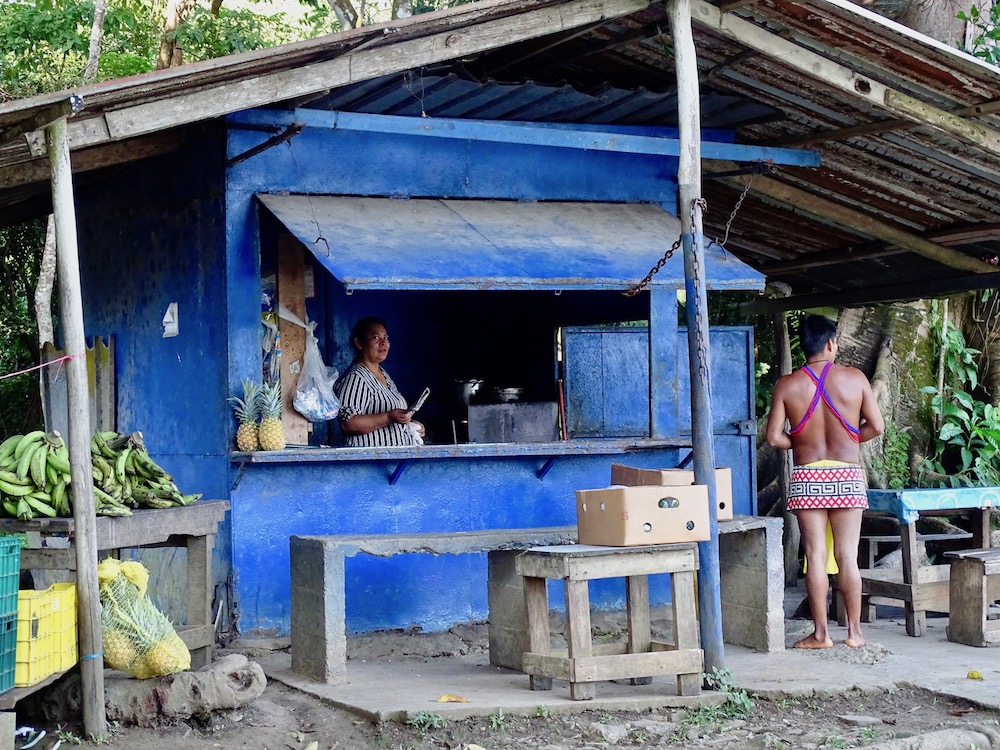
You must go in a traditional boat called ‘piragua’ to reach the communities. The ones they use for tourists have neon orange lifejackets and motors.
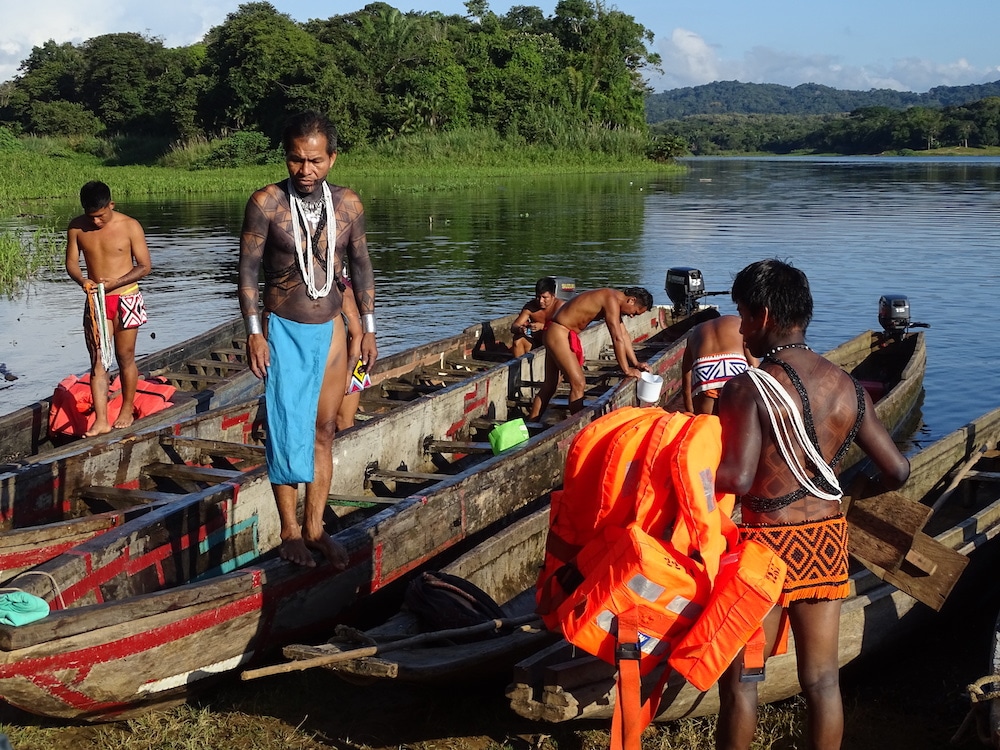
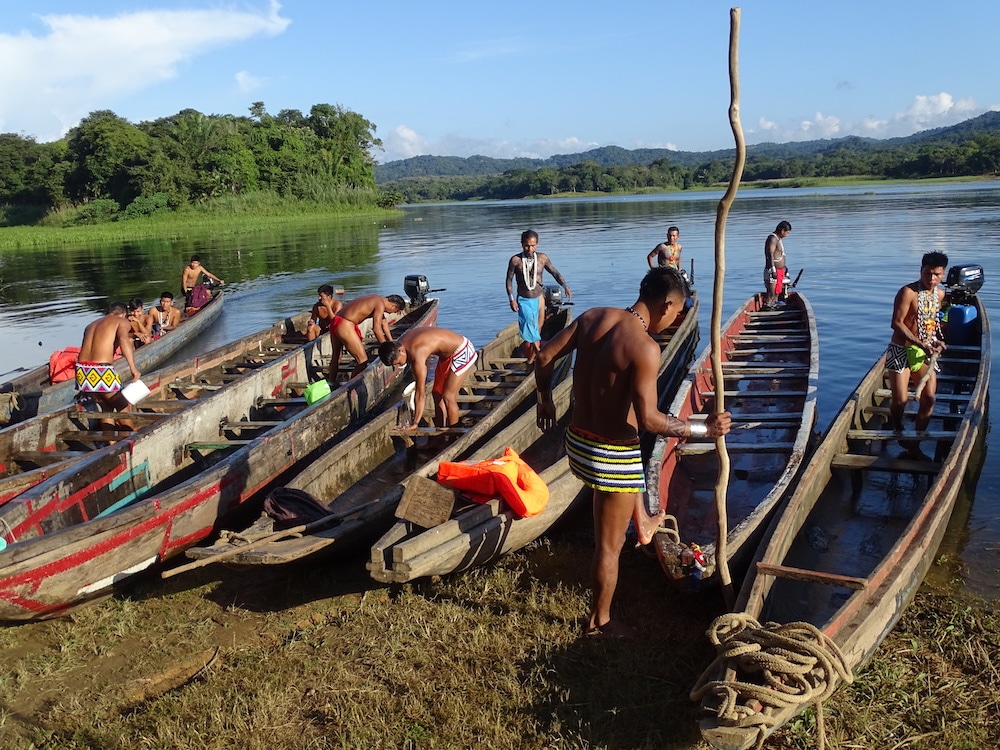
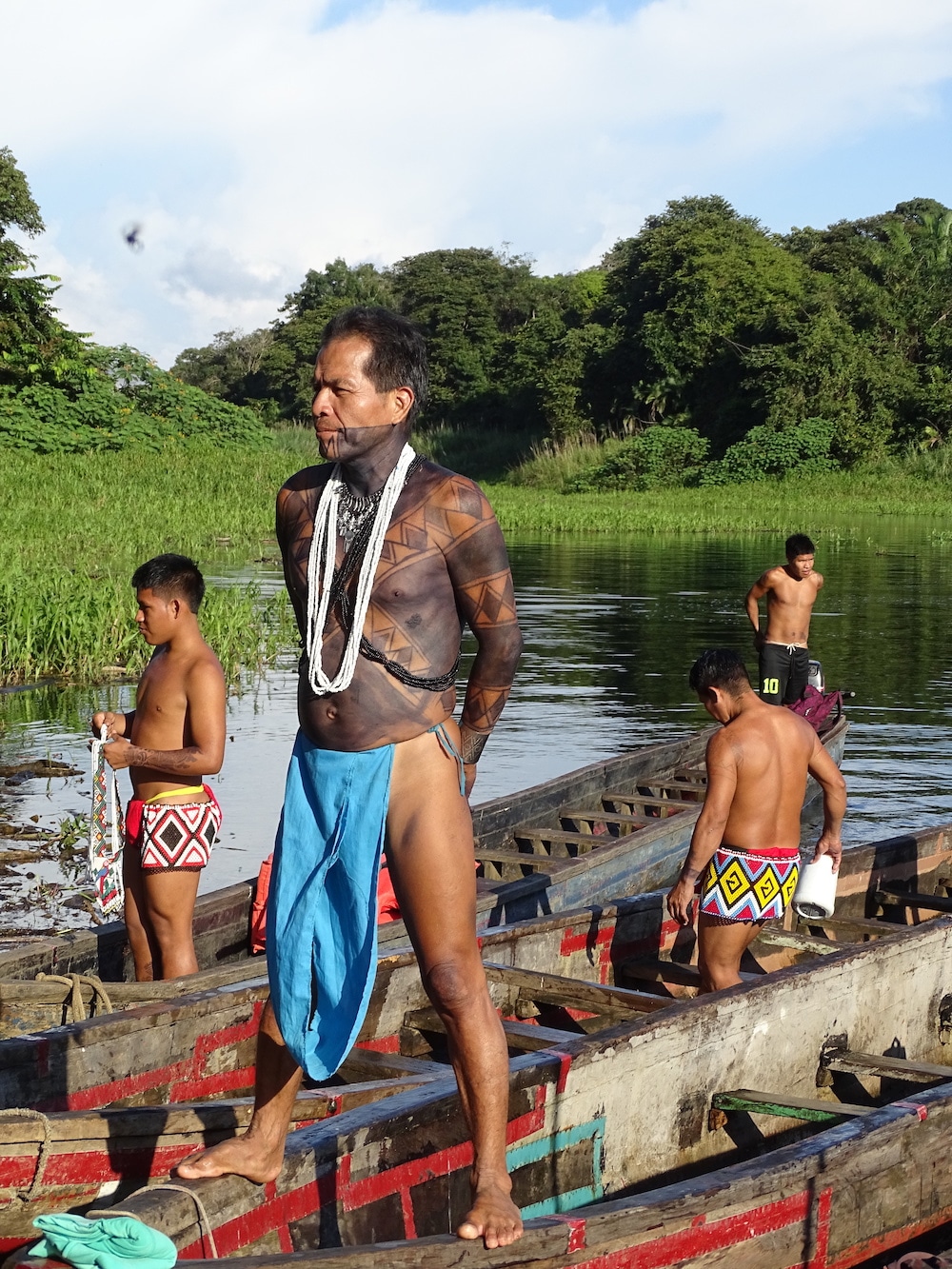
The Chagres National Park was created in 1985 to protect the Chagres river basin. Almost 40% of the water in the Panama Canal comes from this basin, which also provides water to almost the entire city of Panama. Lake Alajuela was created in 1935 with the Madden dam to regulate the water level in Gatun Lake. This water reserve of 4,400 hectares makes the canal work properly.
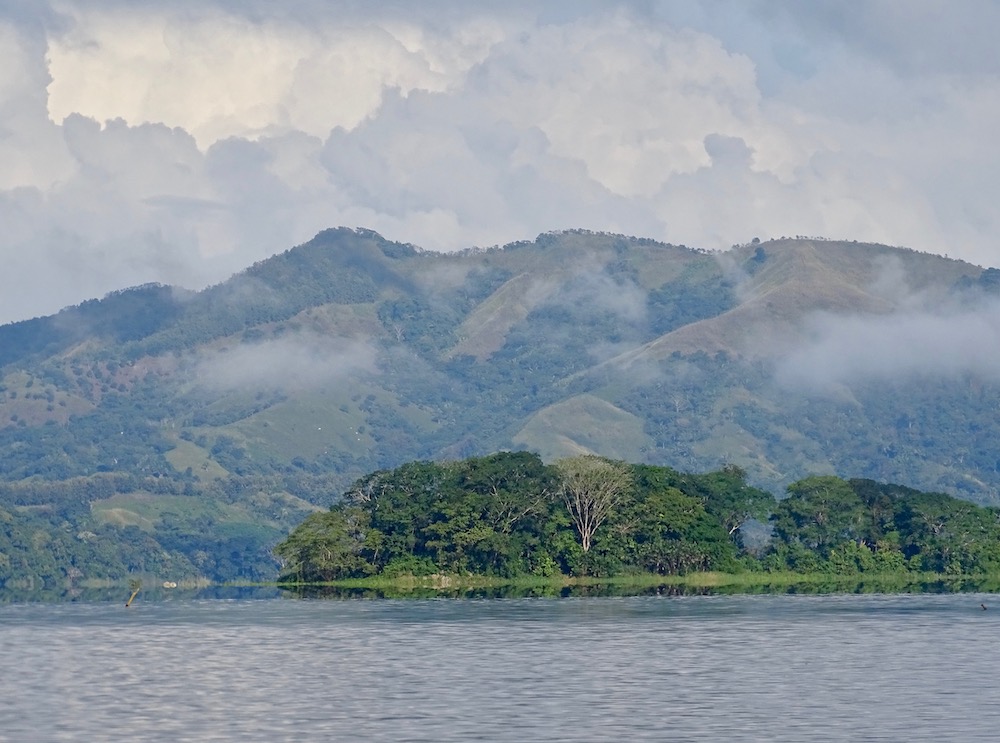
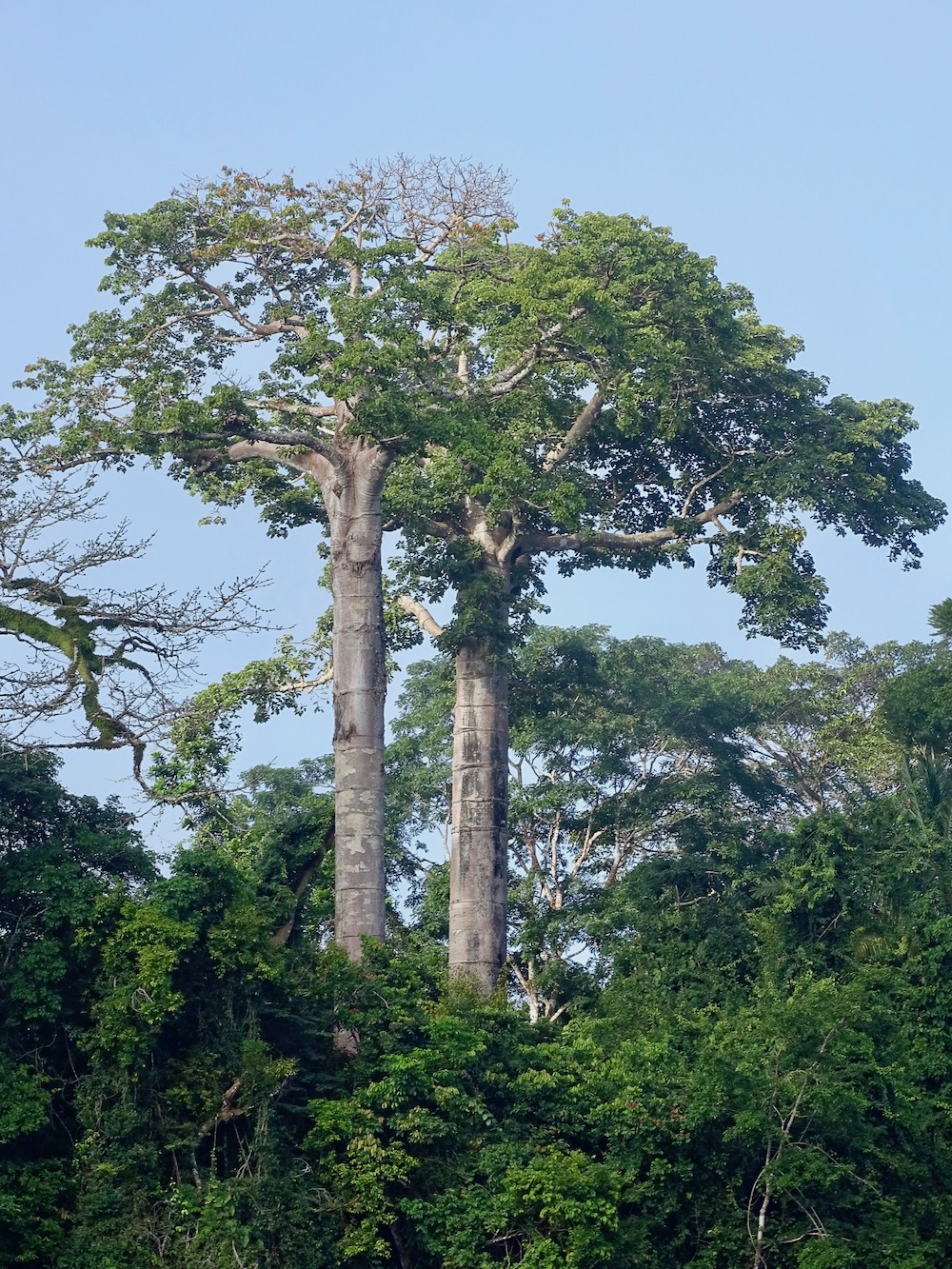
Many farmers moved to the area to develop agricultural and fishing activities. Several Embera communities were established towards the Chagres and Pequeni rivers. Almost everything is secondary forest but there is still a semi-deciduous forest that loses its foliage in the dry season, from December to April. The vegetation grows on a limestone that can be better admired from the banks.
Camino Real
The historic Camino Real passes through the Chagres National Park. This route was used by the Spanish between 1544 and 1731 connecting the cities of Panama Viejo (in the Pacific) and Portobelo (in the Caribbean). On the way to Mongara Torro we made a detour to see a natural bridge that was part of the old road. We arrive in our canoe at the entrance of a cave that can almost be traveled when the tide is high. The roots of the trees fall from the roof and you can see stagalite formations.
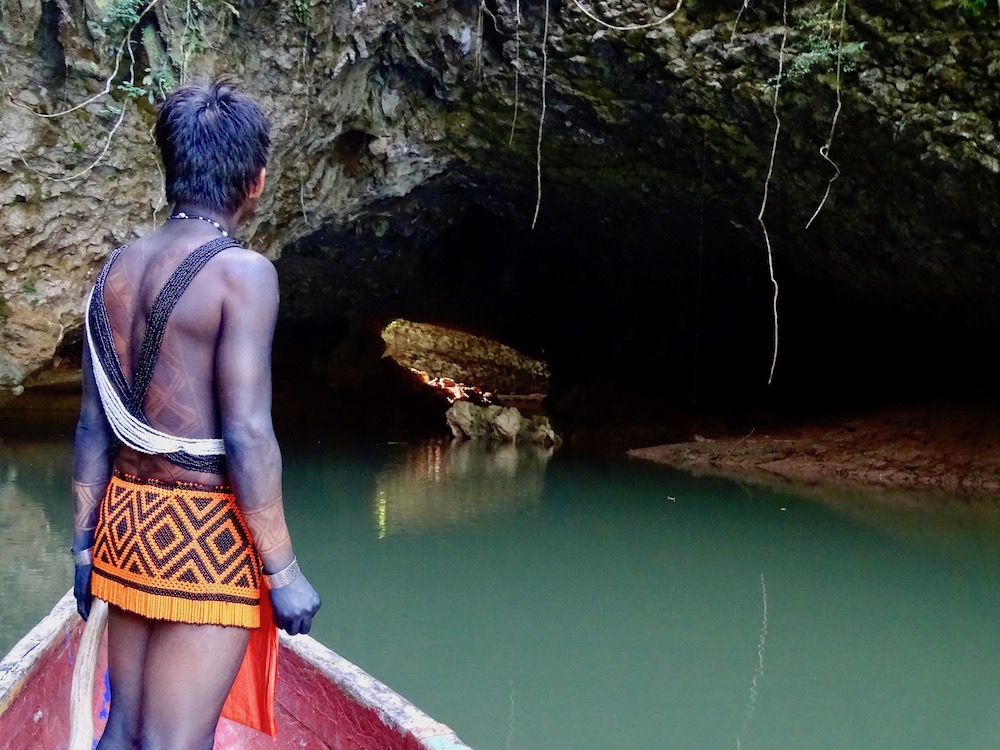
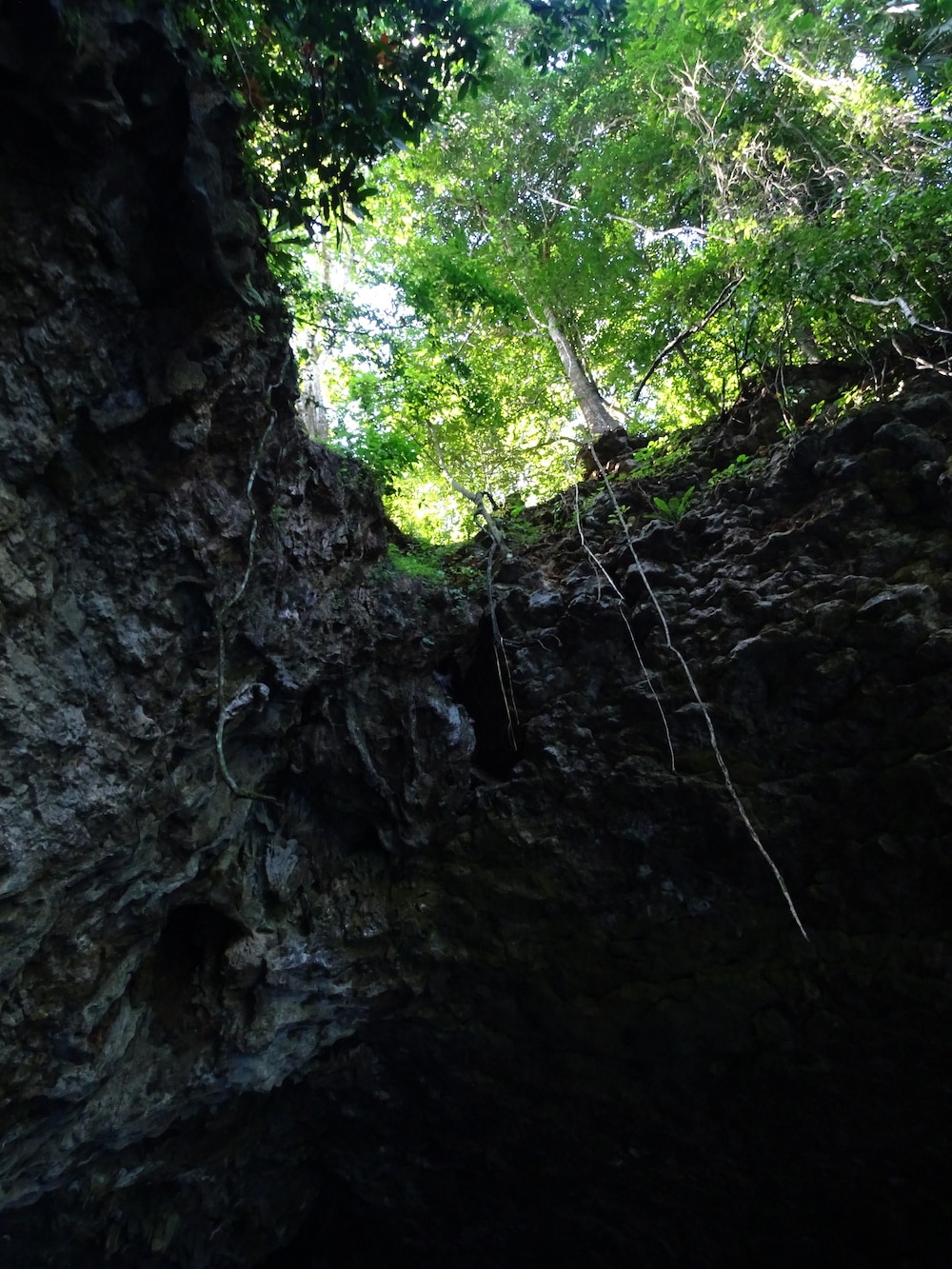
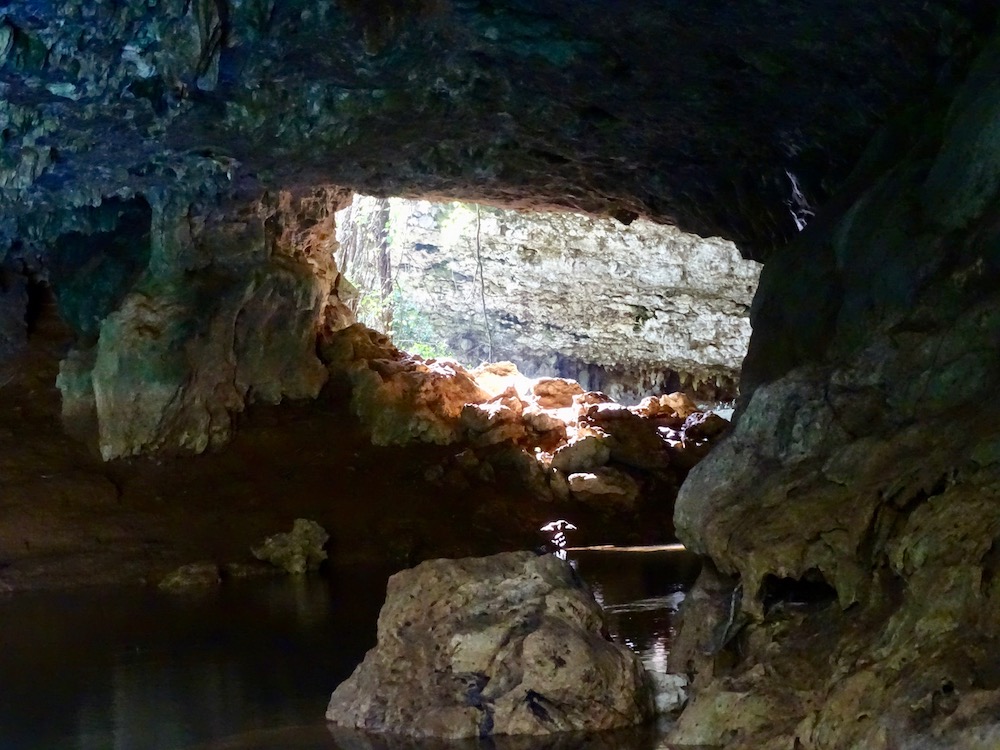
Mongara Torro
Finally we reach the Embera community of Mongara Torro which means ‘White Stones’. We were received with the typical reception of all the communities.
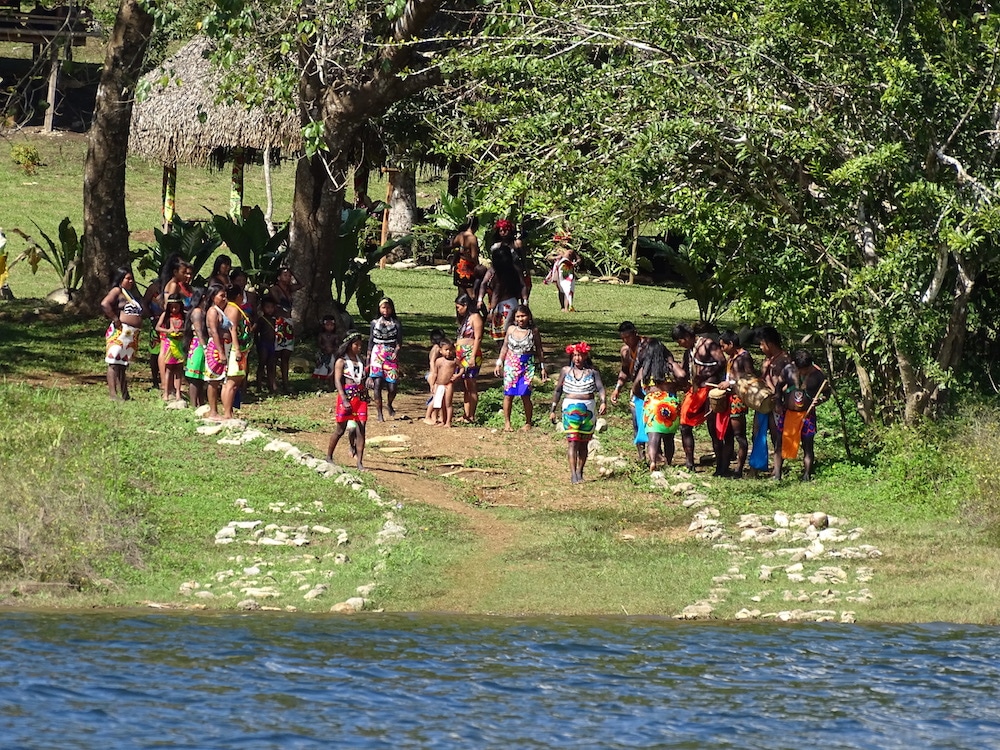
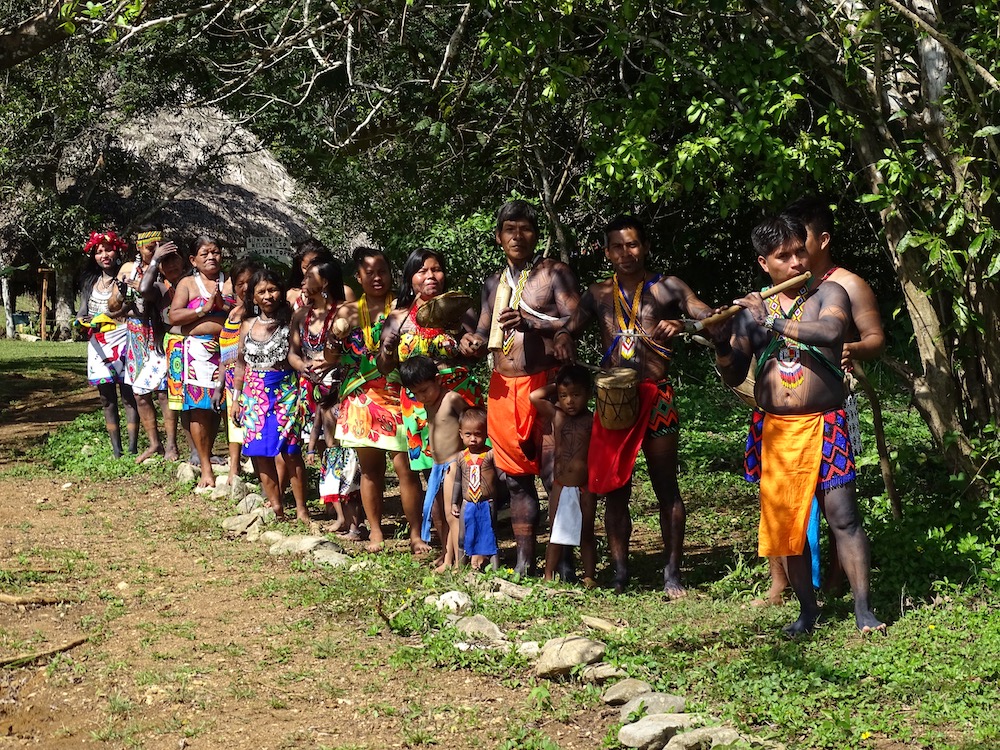
All its residents go to the shore to receive tourists with songs and music using traditional instruments. Marcelino, the tourist manager, gave us a few welcoming words and told us to feel at home.
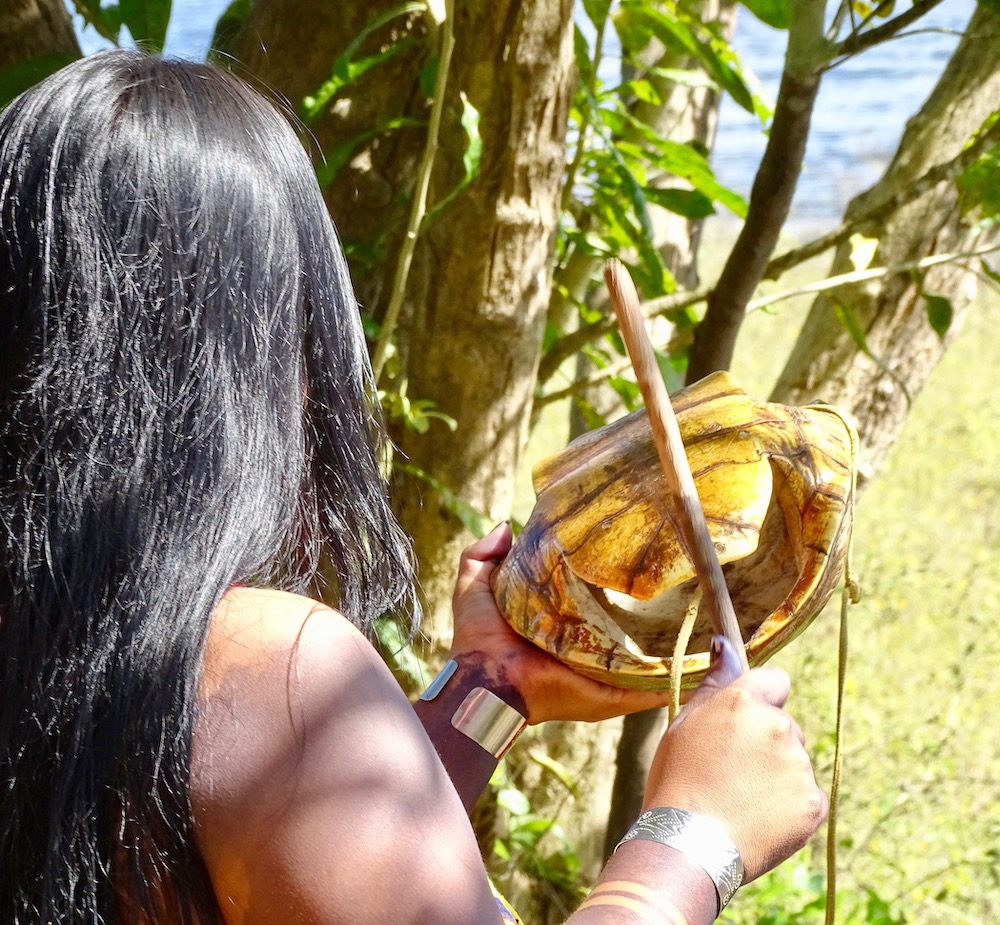
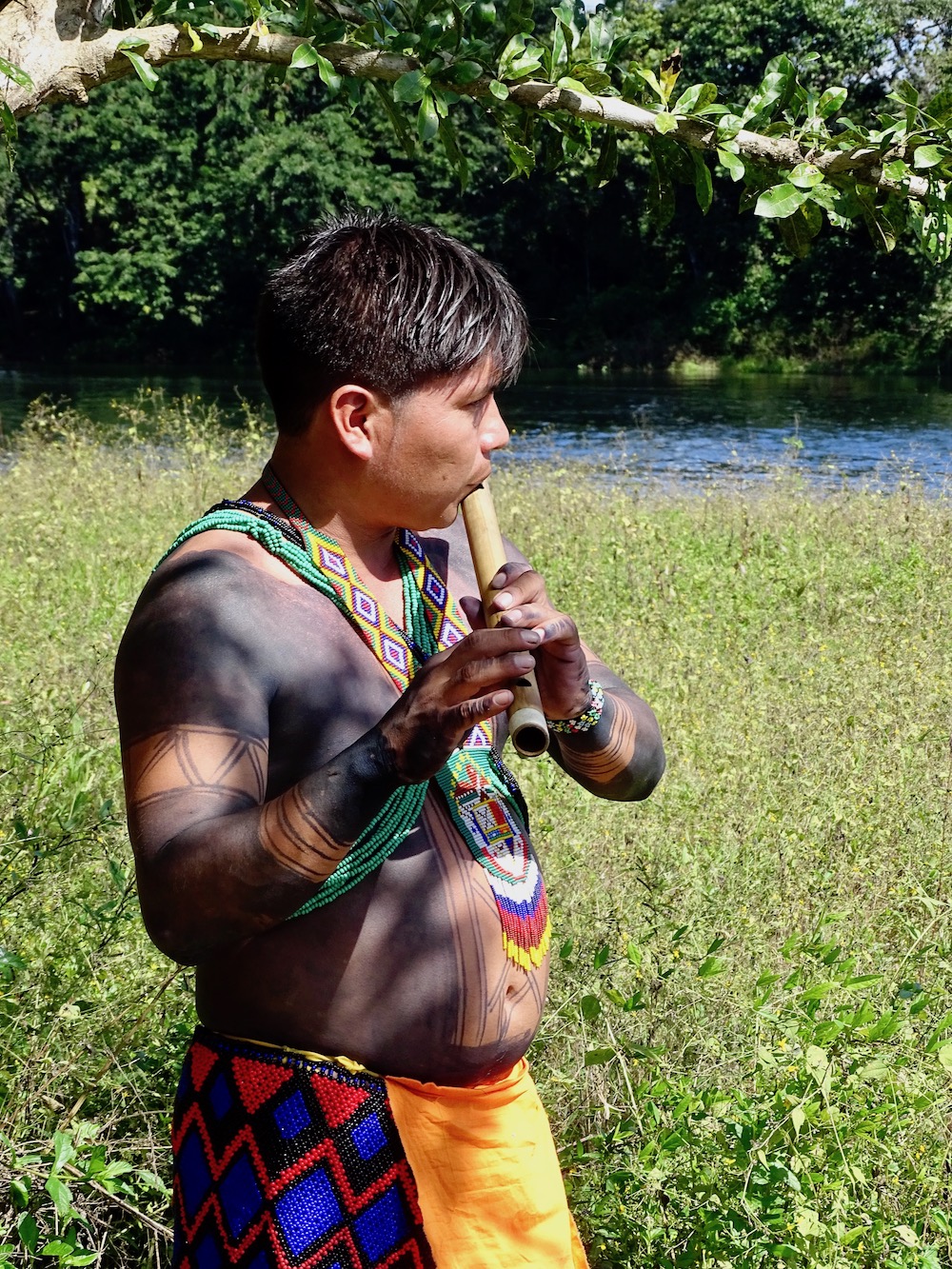
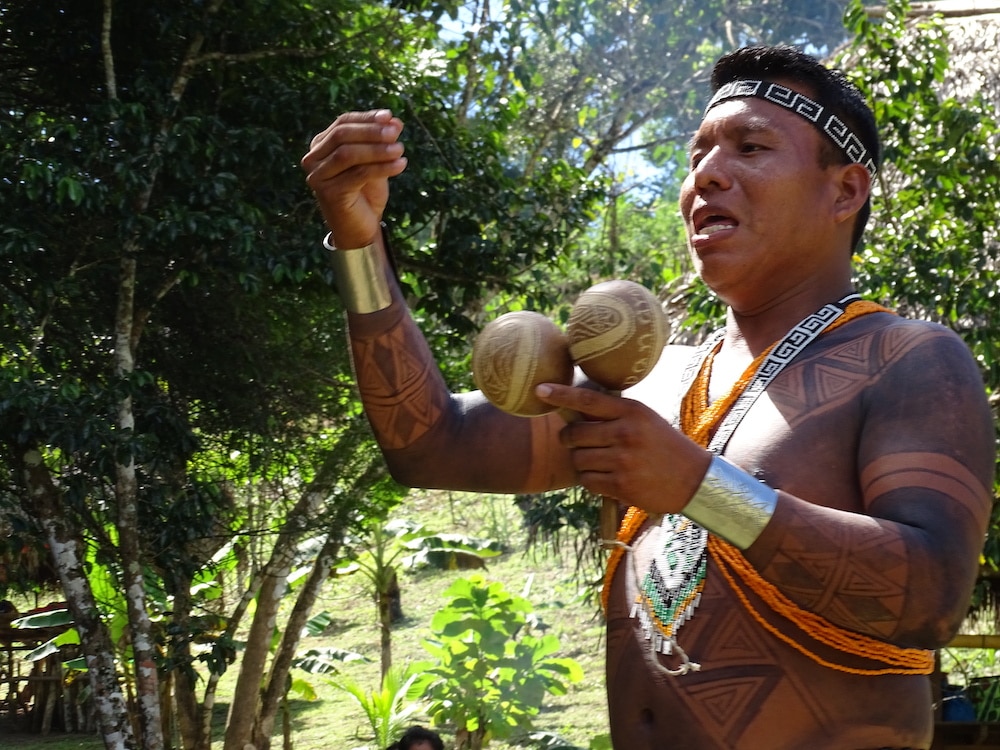
We had two options, go to a path that ended in a waterfall or dress like Embera. I opted for the second option. The ladies of the community took me to the bathroom to wear the ‘paruma’ which is a colorful skirt. They usually wear shorts under it. I didn’t wear them and had to be constantly accommodating my falling skirt.
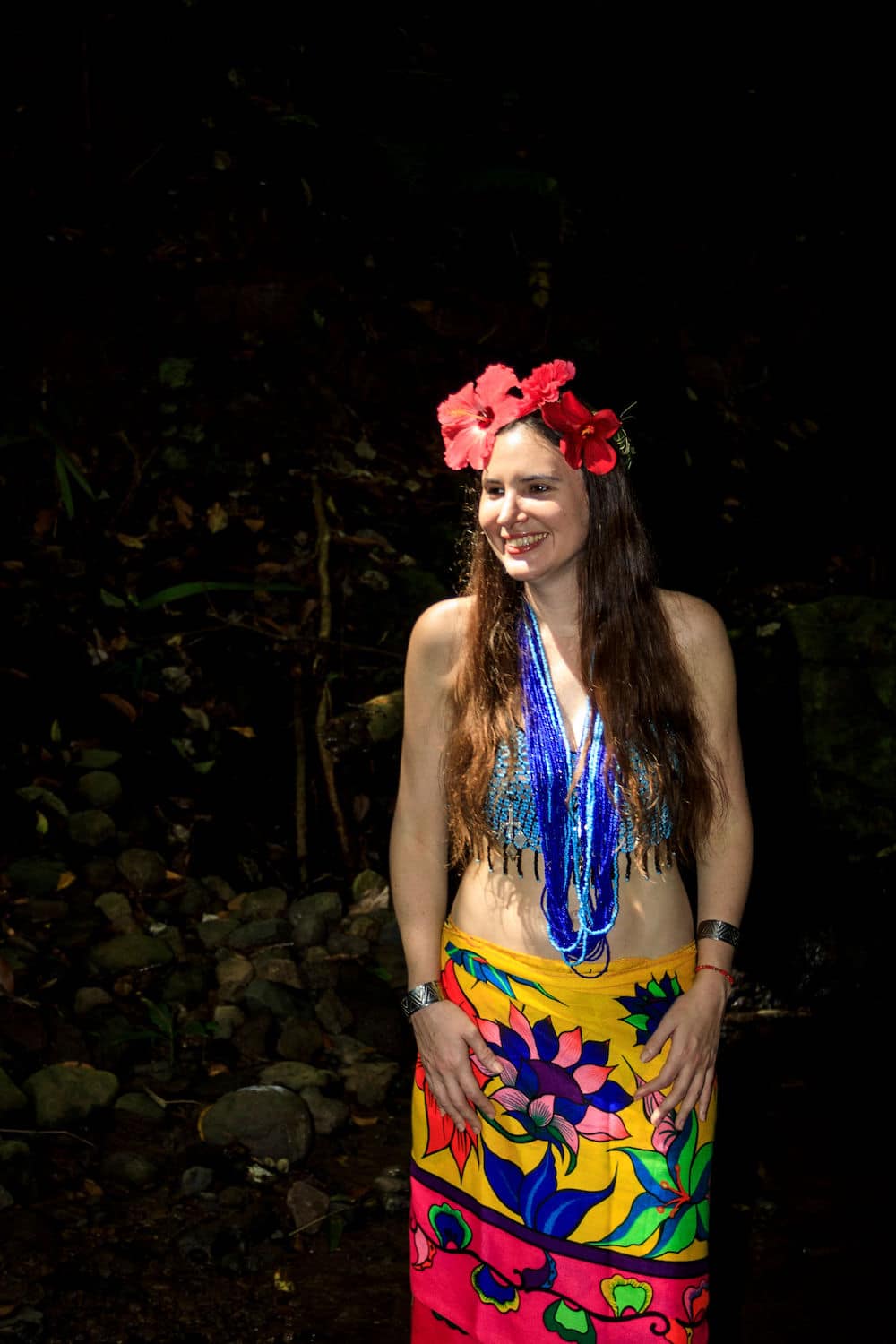
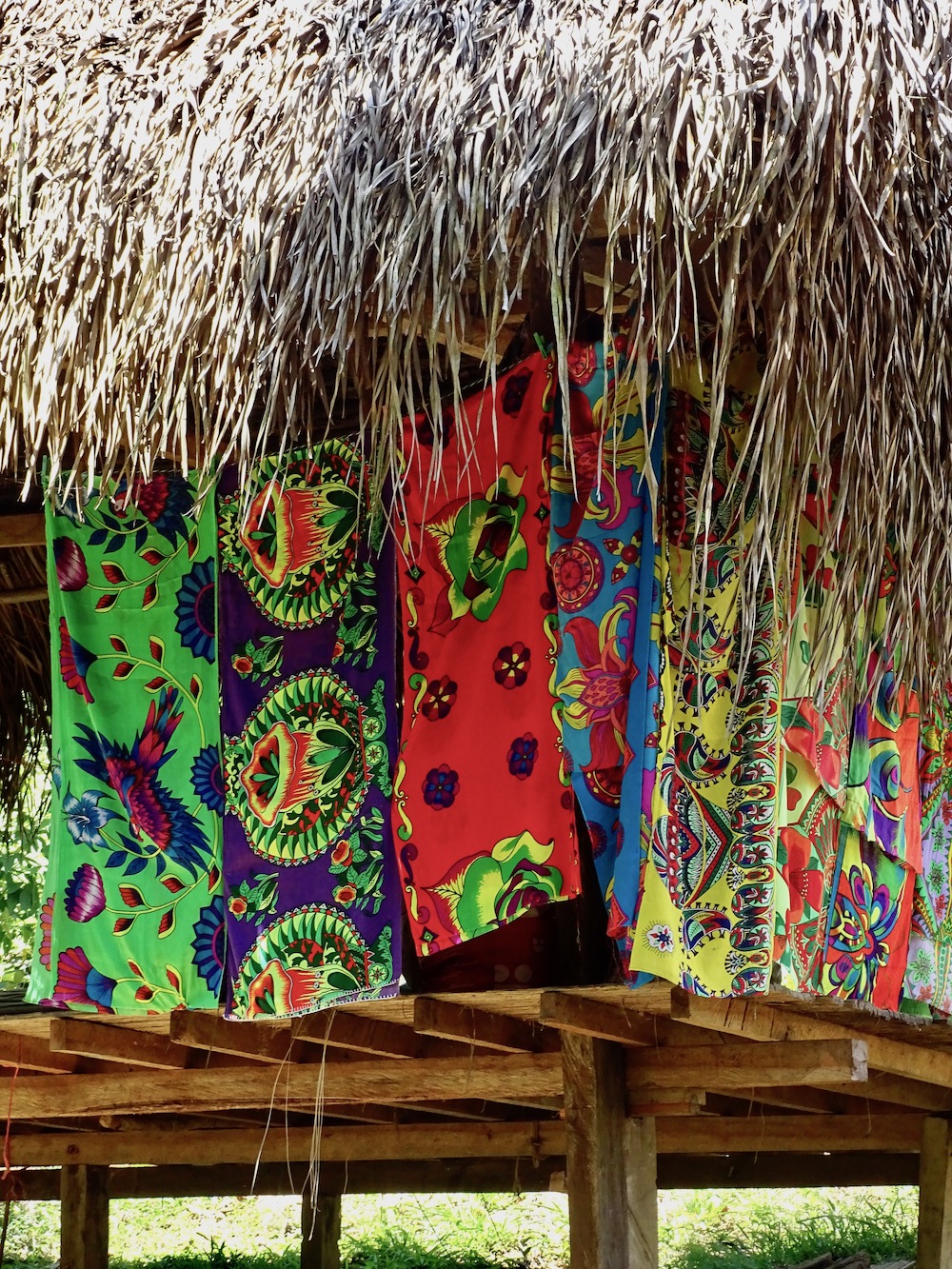
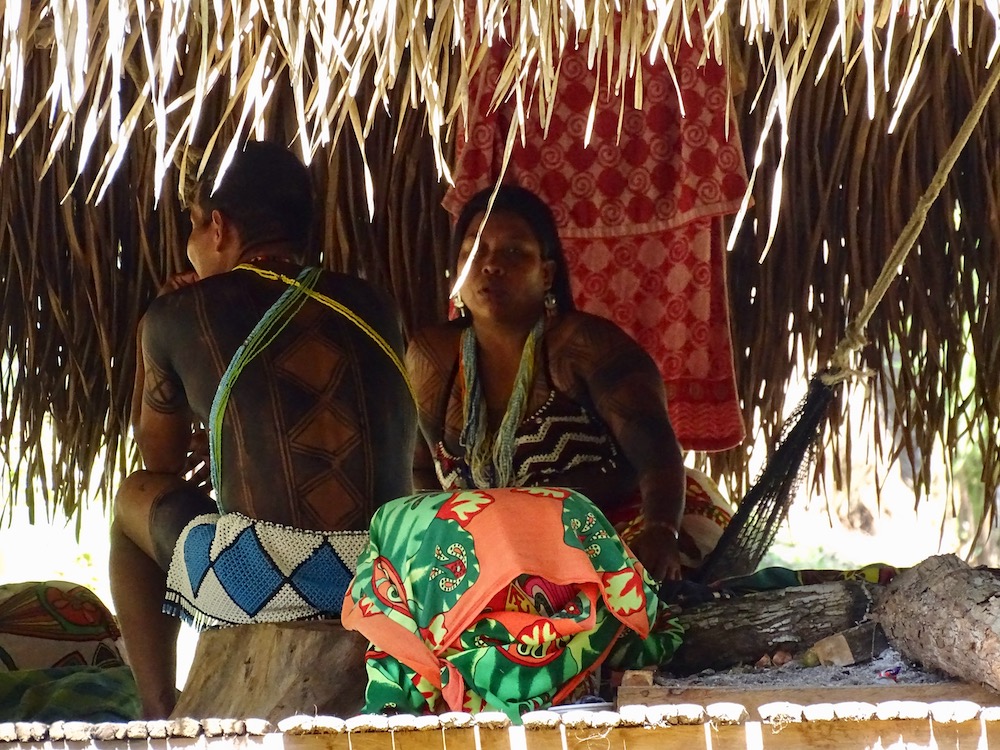
In the chest they put a kind of cover with beads and coins. Embera women’s clothing is very sensual, with jewelry and flowers on her heads. Their femininity is also shown in the dances which are performed at the end of the tour.
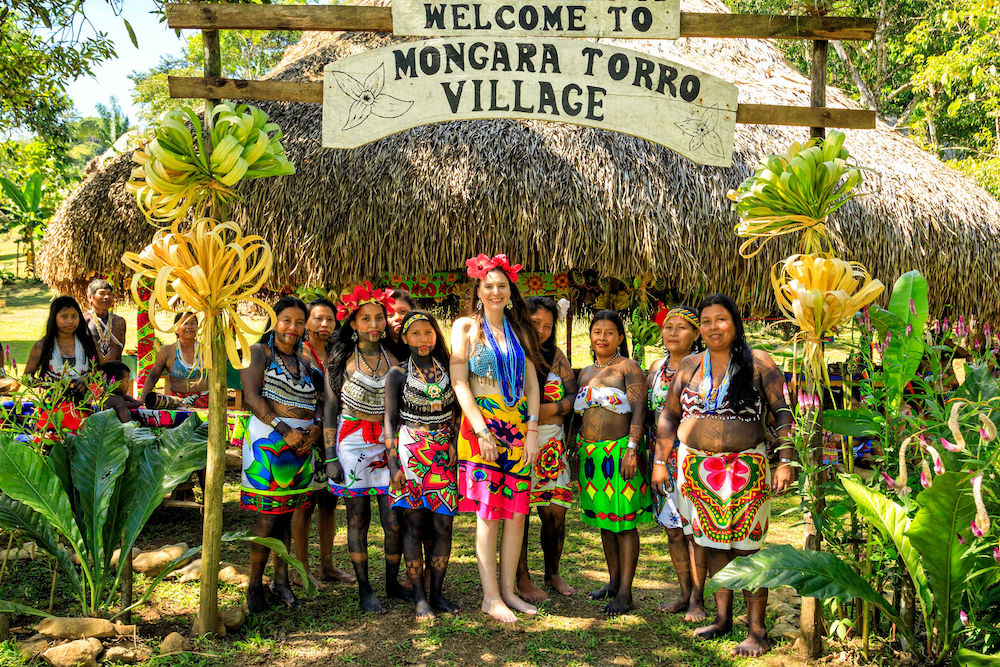
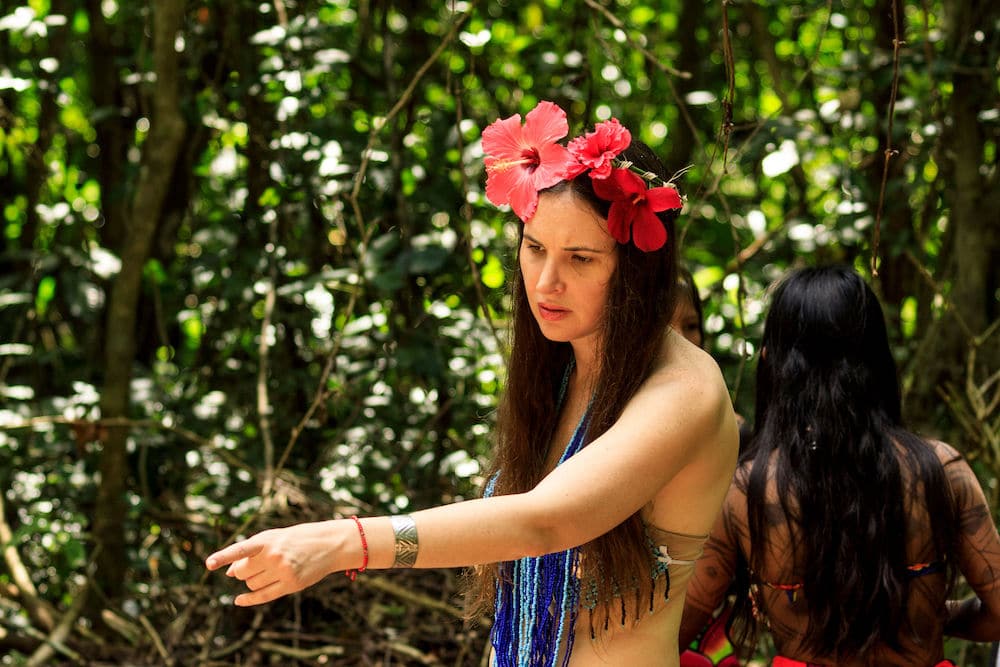
The Embera paint themselves with jagua, which is a fruit of a tree that has a flavor and fragrance similar to that of the pear. Their bodies are covered with designs made with a black dye that is completely natural. Many tourists decide to paint themselves jagua which lasts about a week. Jagua has other benefits, as it protects from insects and the sun. Women use it in their hair that is traditionally long, black and very healthy. In addition, it is medicinal and can be used to treat uterine cancer, bronchial tubes and sexually transmitted diseases.
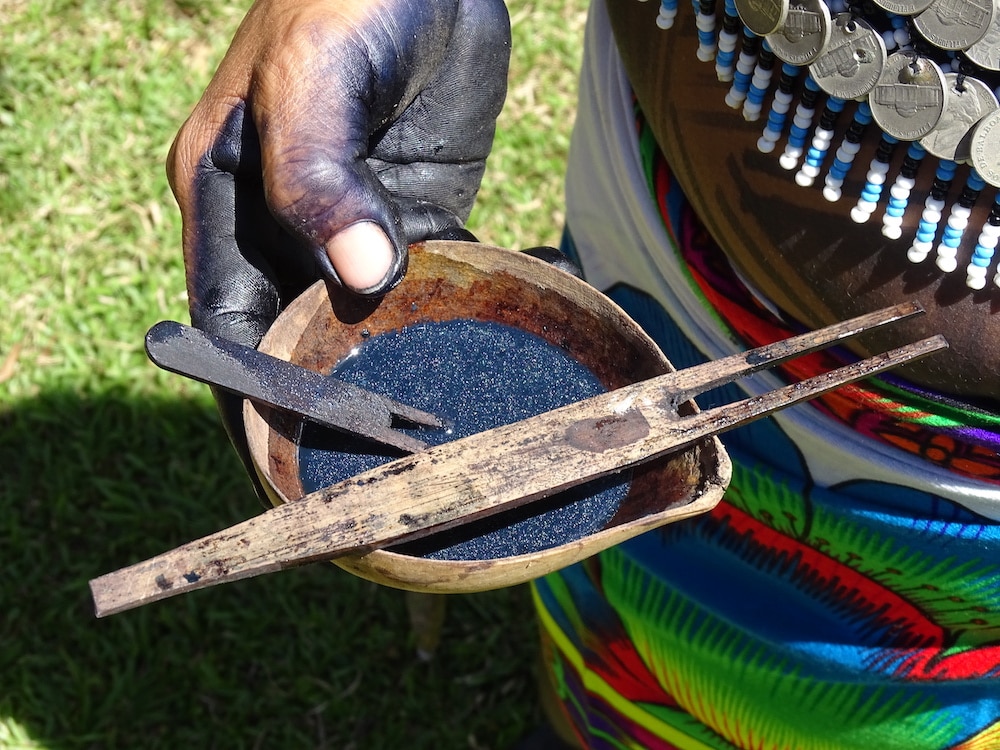
Embera handicrafts
The Embera produce precious handicrafts that are the most sought out souvenirs by tourists. Men are dedicated to the craft of cocobolo and tagua. Cobobolo is a timber tree endemic to Central America that is a species protected by its coveted wood. Before it was only used by the natives to make sculptures, but it began to be deforested as international demand grew. This wood is so hard that it is only used to make luxury objects. The cocobolo is carved to make different types of animals such as shrimp, lion, heron or pelican.
Tagua is a fruit that has a seed that tastes like coconut when it is young; but when the fruit dies, the tagua becomes hard. Then it takes three months for it to stay strong. The Embera carve animals in tagua like turtles, frogs or flowers. Women weave beads to make bracelets, necklaces and flowers.
Probably the prettiest craftsmanship is the ‘chunga’ which is made by women. They make masks or dishes using a plant that is similar to a coconut palm. This plant is long and the most fibrous part is removed, then it is crushed so the fine part comes out. Its natural color is white. With jagua you can paint black; being white and the most natural colors. If you want to use another color you should dye it with flowers, fruits or trees. It is boiled and the chunga quickly absorbs the color and does not release it.
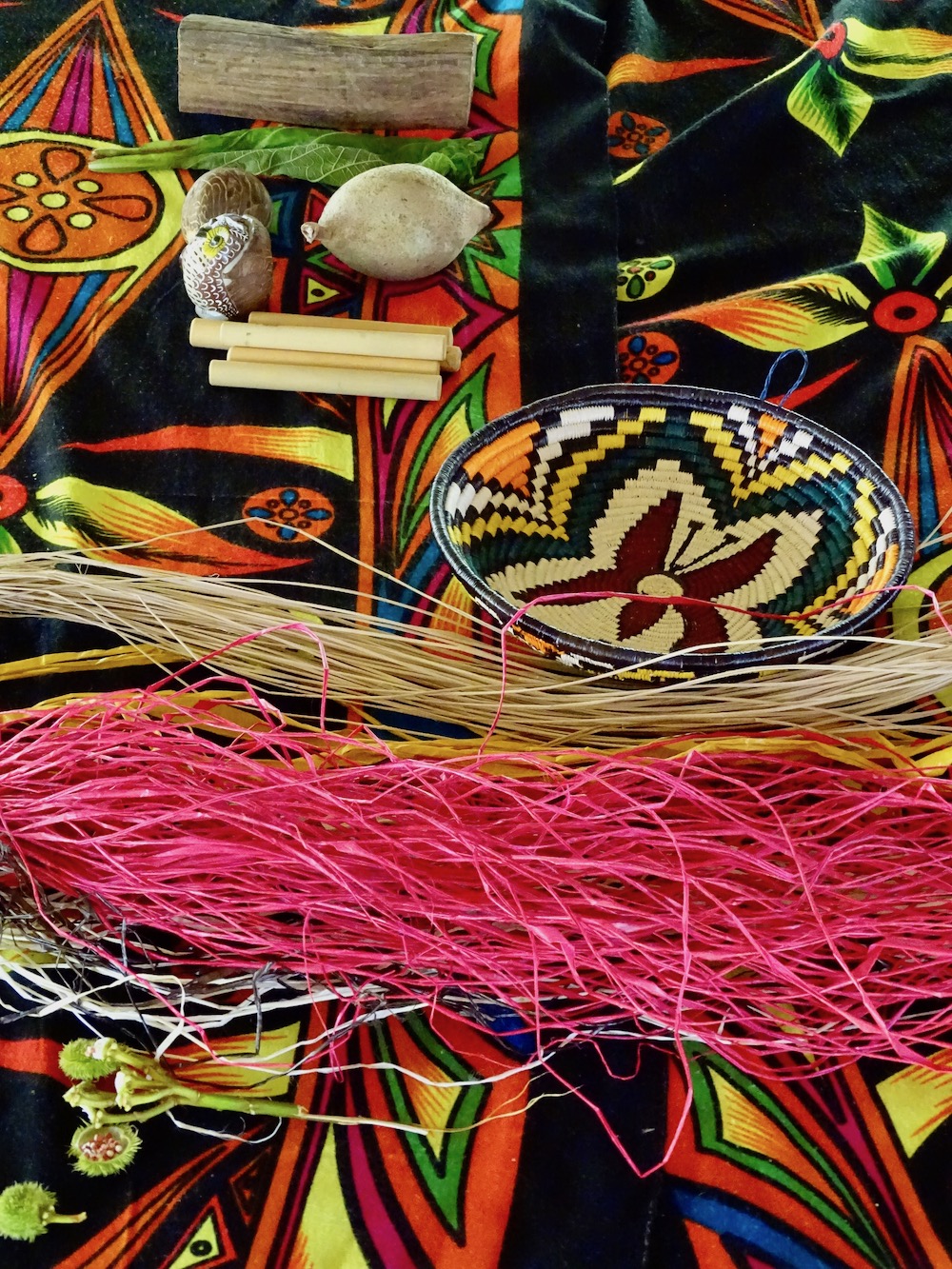
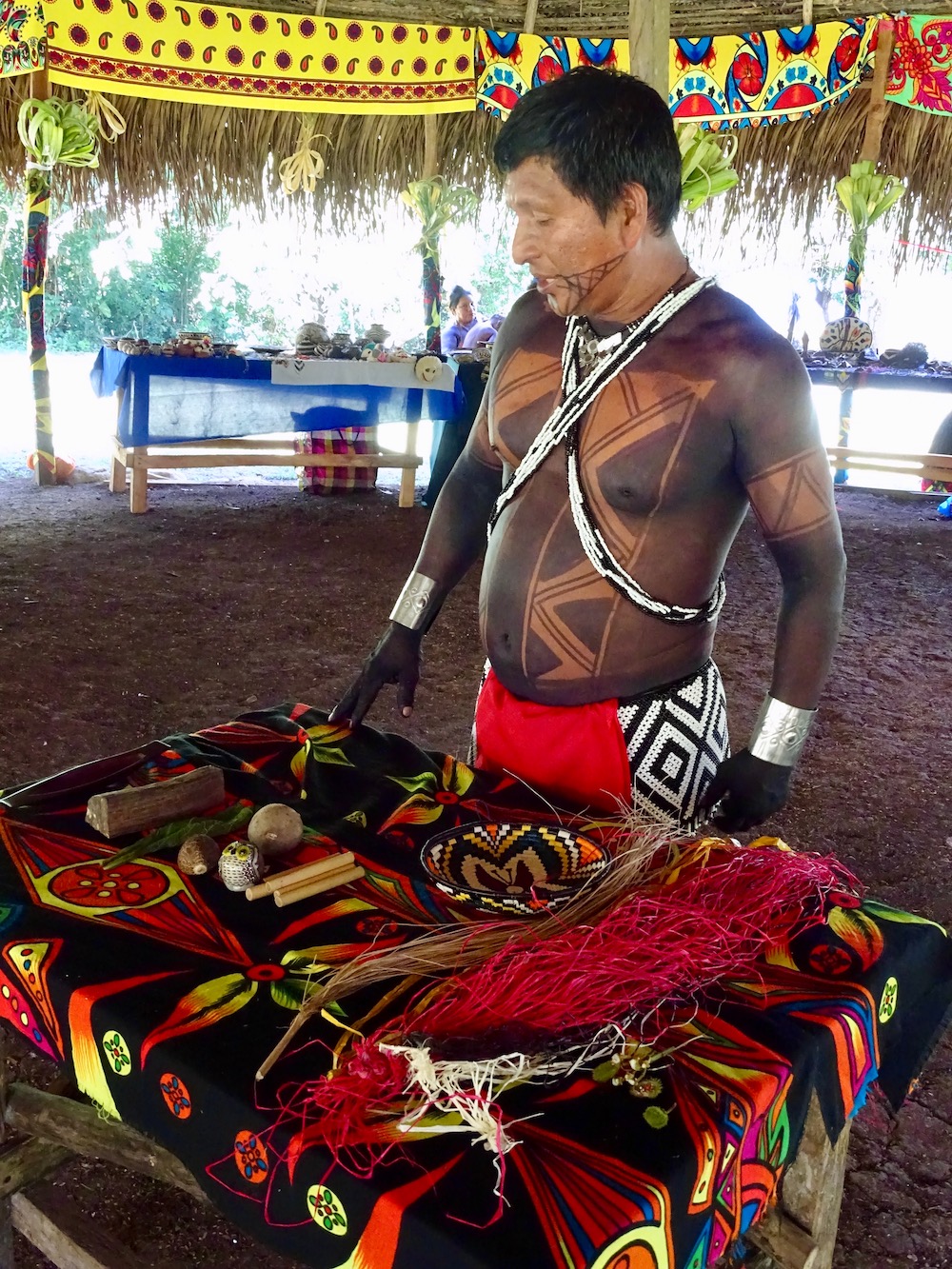
He who does not know the process may think that it is plastic, but everything is natural. The dishes have colorful designs, while the masks are of small animals such as ducks, monkeys or birds. I bought an owl mask.
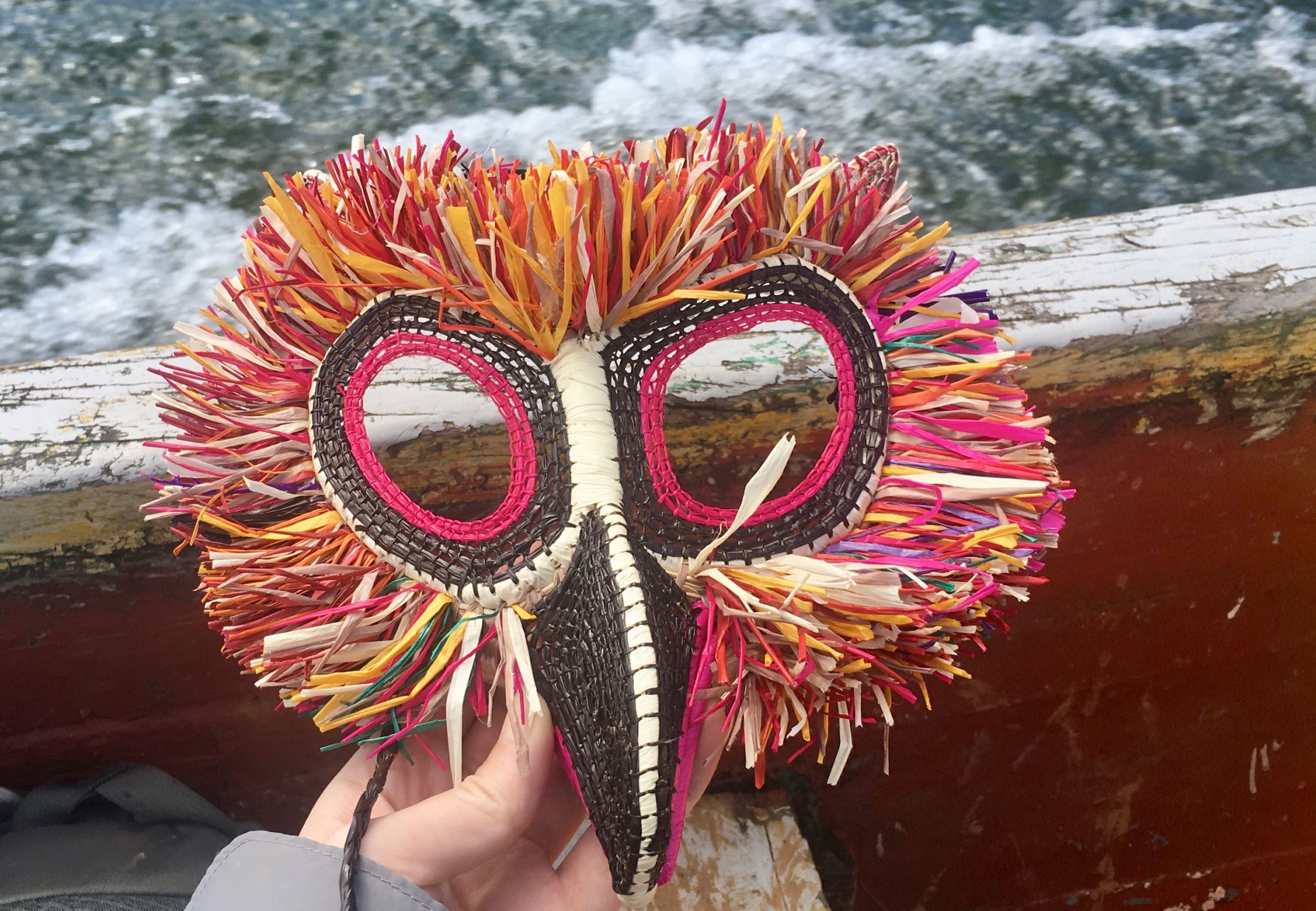
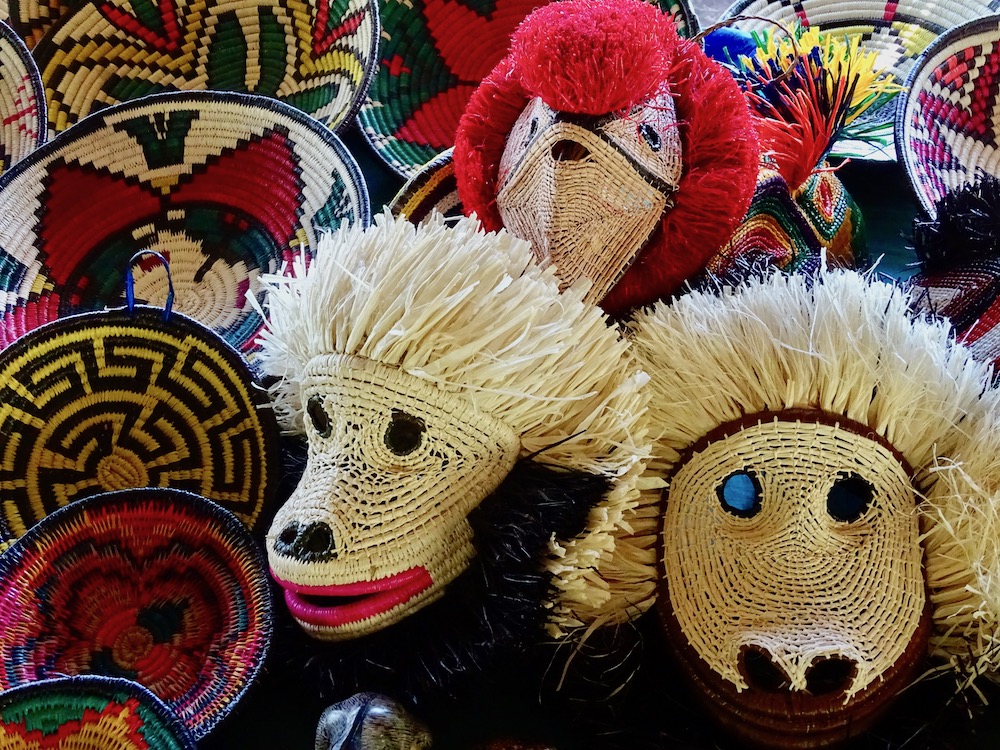
Embera Tourism
Little is known about the culture of the Embera although they are Panamanians, just like me. Rigoberto was our guide in Mongara Torro. He studied tourism at the University of Panama and then worked at the Sheraton Hotel for two years. Then he received a call from his parents telling him that the community wanted to venture into tourism. Since he knew English, his help was very valuable. He decided to leave Panama City to return to a quieter and more natural life.
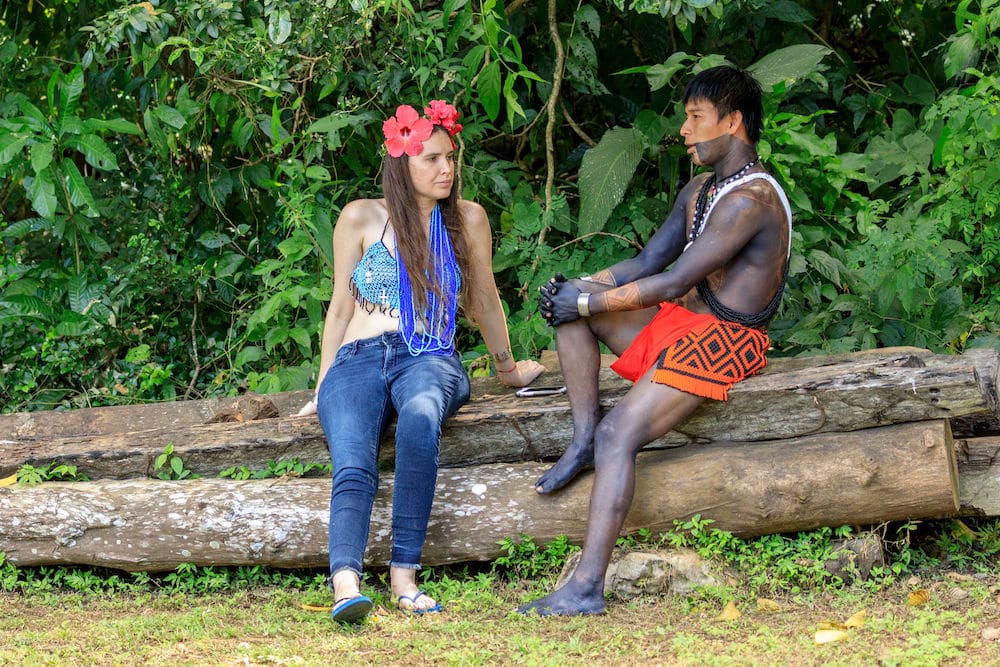
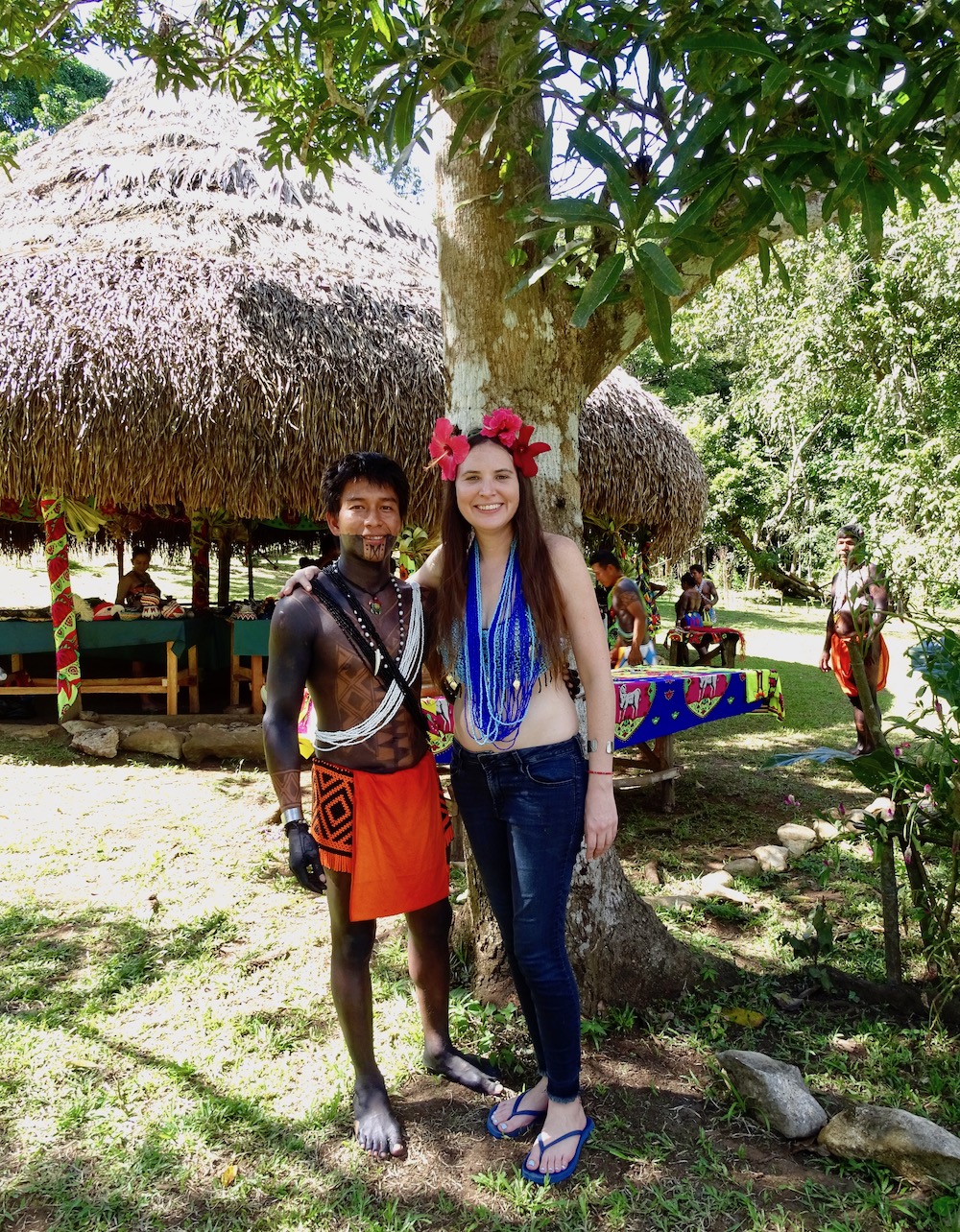
Today they are part of the cultural tourism that is offered in Panama. Tourism is a way of being self-sustaining, allowing residents to generate income. “It is not only a business, but it is a way to strengthen the culture,” says Rigoberto. “I know there are young Embera that if they go to the city they don’t see this and they won’t practice it.” And in part he is right, since the migration to Panama City is increasing. It is believed that more than 25% of Embera live in the capital.
Tourists are shown dances, food and typical clothes. The beliefs and customs of the Embera are shared.
They have cabins, thatched huts on stilts, for those who wish to spend the night. The community does not have electricity, therefore it is somewhat rustic. At night they make bonfires and dances. Rigoberto’s father is a historian who talks about customs, wars, how men flirt with girls, among other things.
Nepua
Rigoberto is interested in teaching about the culture of the Embera. He told me that his culture is shared through ancestral experiences that pass from grandparents to parents to children. When the children are born, the umbilical cord is cut and a process called ‘nepua’ is done where the dust of an animal is put in it. The parents keep animal bones and leave them to dry, then they make them dust. This is entered with jagua when the navel falls.
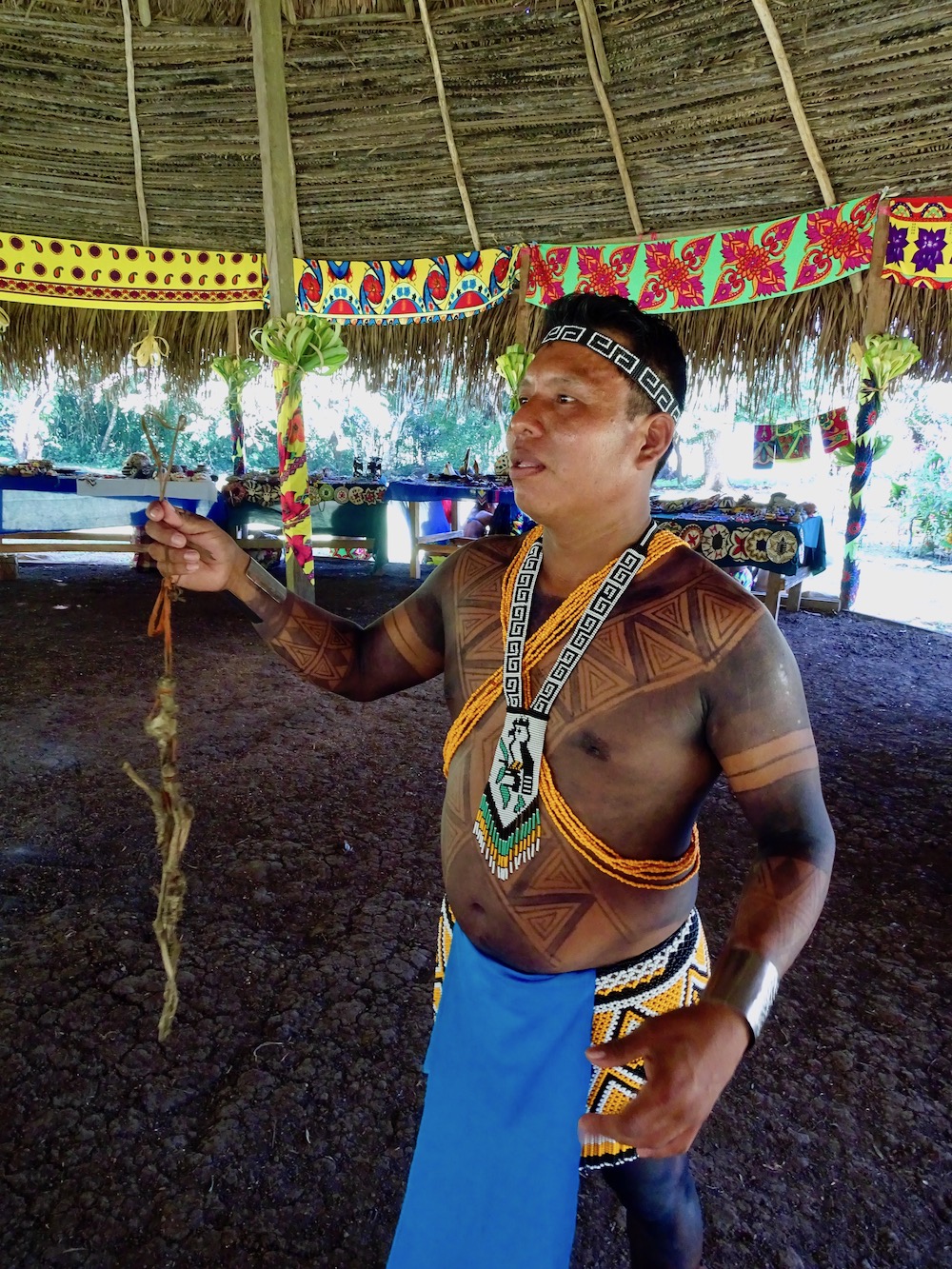
Puberty
Puberty is an important period for the Embera. Women should stay home when they receive their menstruation for the first time. They cannot be seen and they cannot touch the ground. The house cannot be stained and the mother must be with her daughter. A mosquito net or awning is made for them to reside while they have it. When menstruation is over, new leaves should be put in each step the woman takes from the house to the river. Then all the leaves are burned. Upon reaching the river, she should bathe and hug a tree called ‘pichindé’, which is the strongest that grows in the river, so that its strength enters her. She should also hug or try to climb a tree known as ‘monkey slides’ so that her body is agile and her body hairs fall out when they grow.
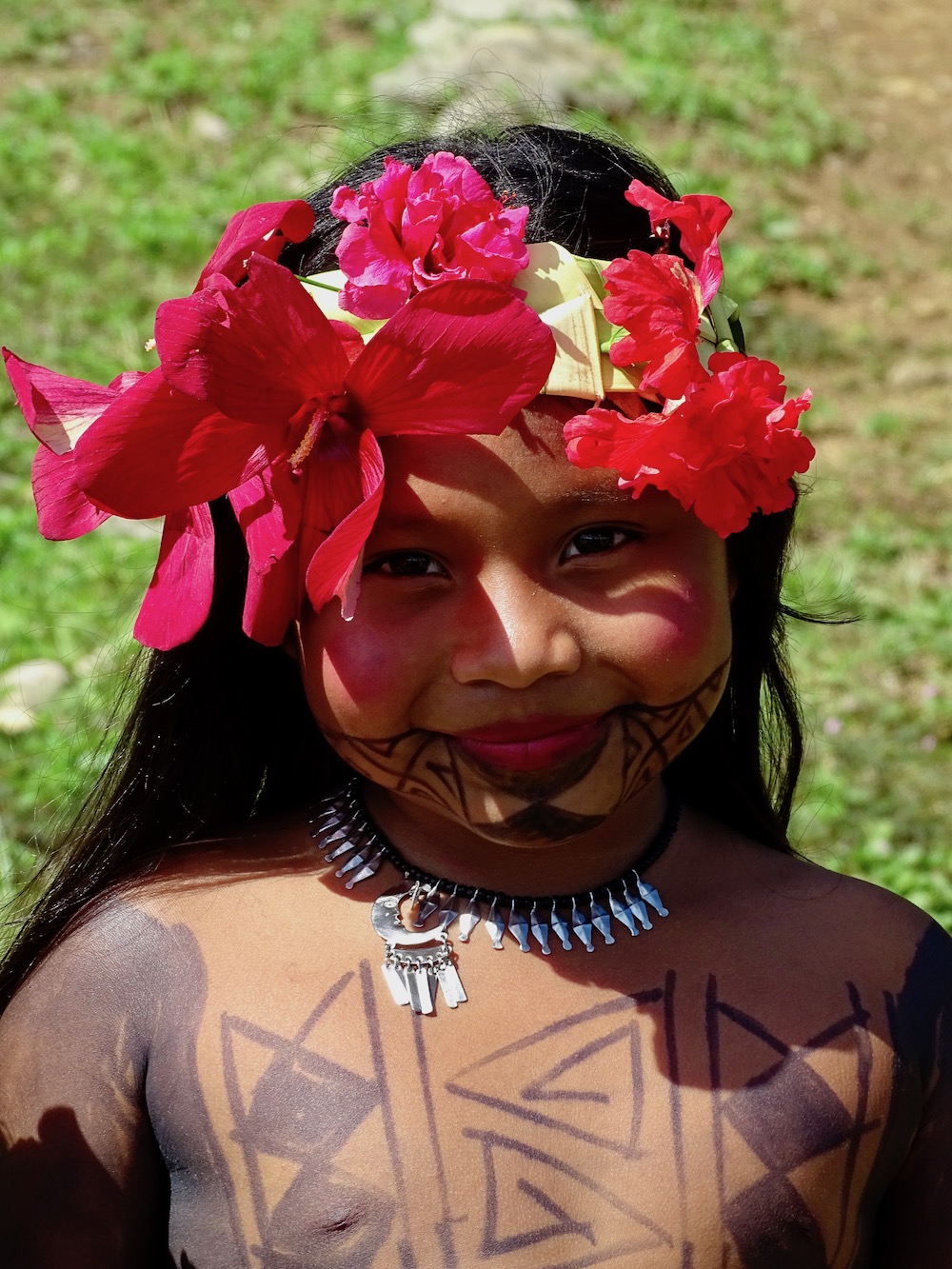
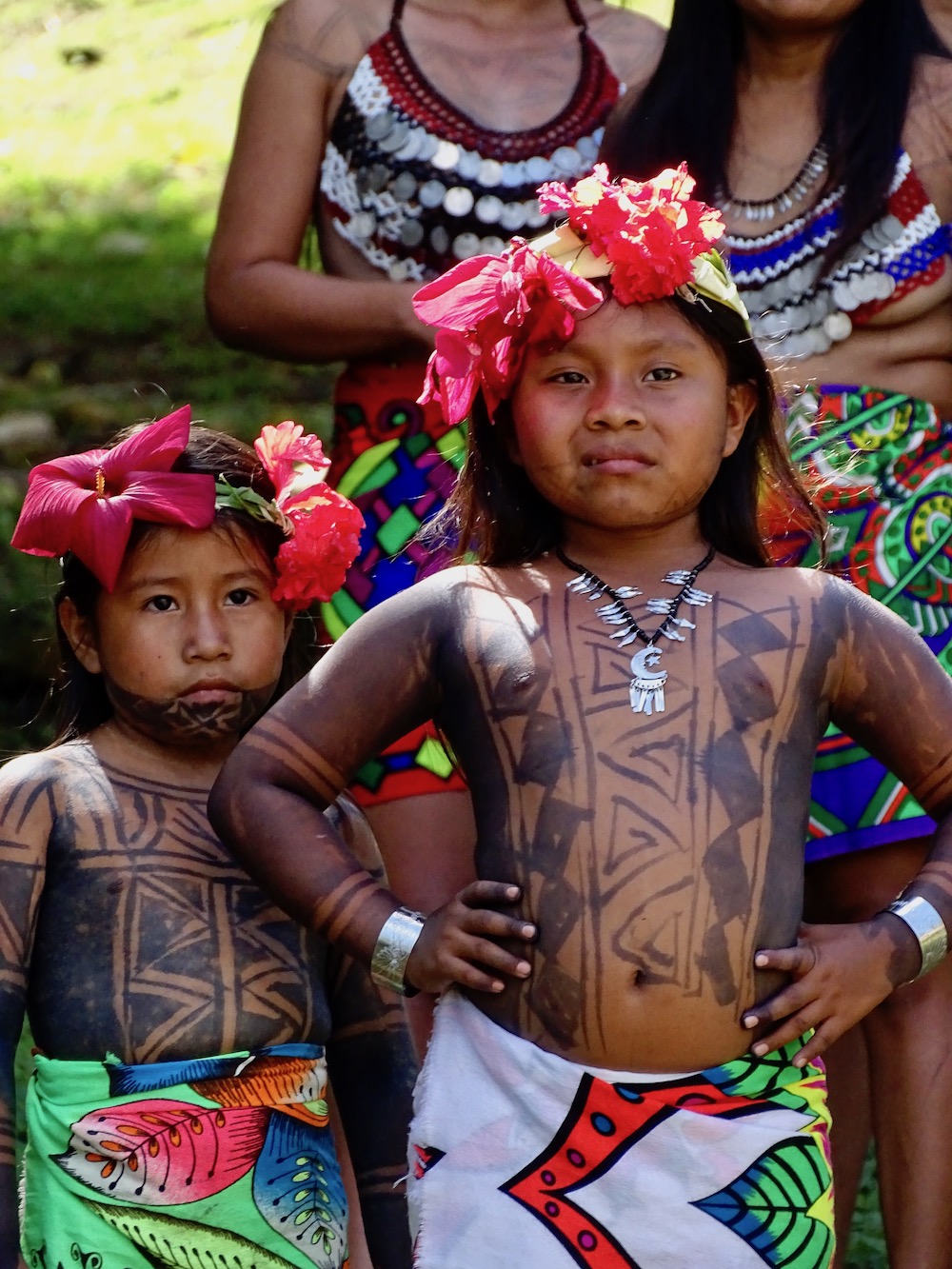
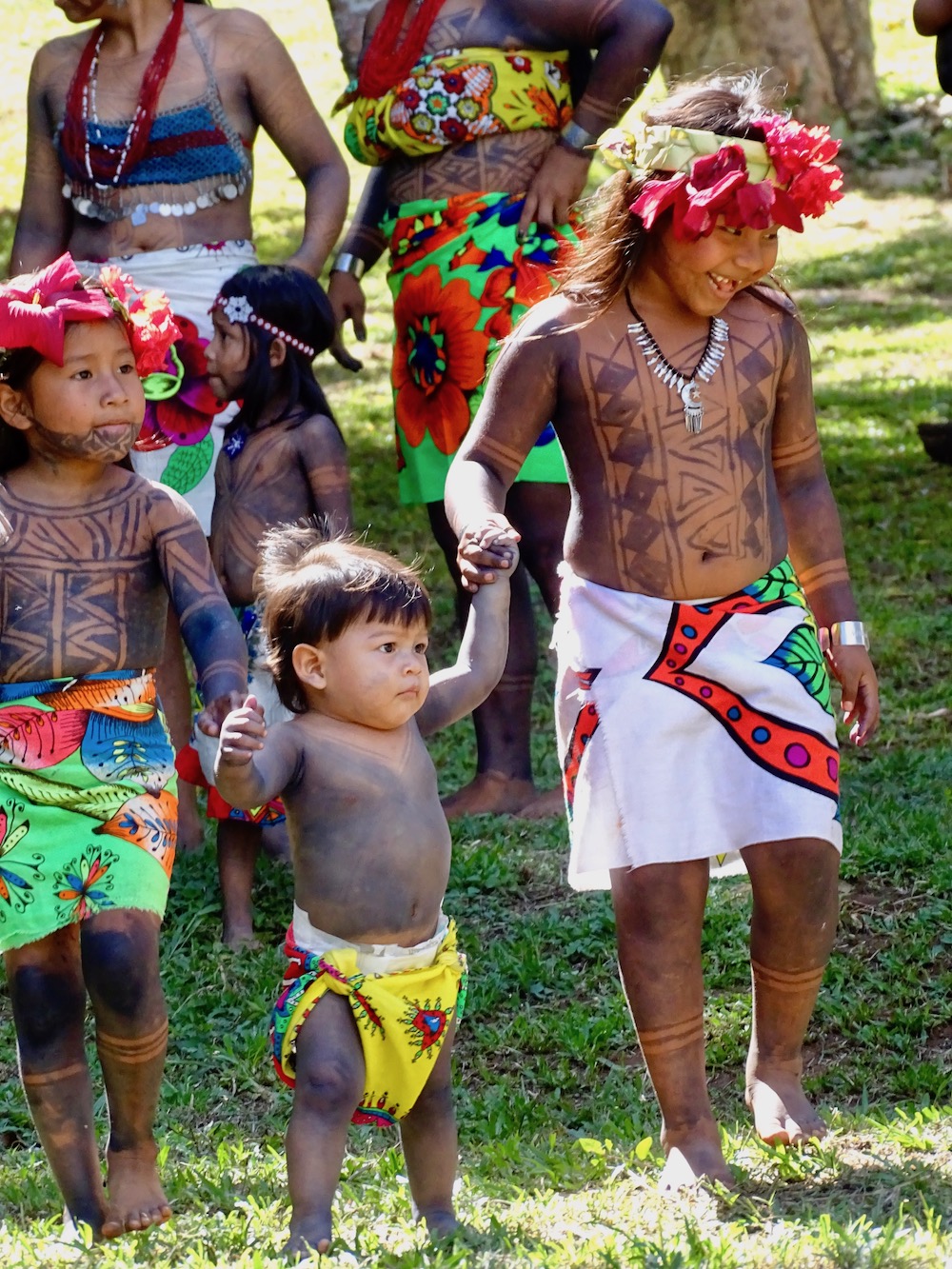
The community throws a party to celebrate, where she should drink strong chicha (fermented corn juice) until she gets dizzy. She has to dance and stilt to show that she is already a woman.
When the man reaches puberty and changes his voice, his father teaches him to be an adult for a month. He must learn to hunt, throw machete / ax / arrow, walk and run in the jungle, raise stones and ride. When he finishes he must work with adults.
Marriages and chieftains
Previously the Embera marriages were arranged. The father gave his daughter to the man who he thought was good. As part of the process, he had to shake his hand, if he didn’t have corns he wasn’t fit for his daughter. In addition, the brothers had to fight with the boy who wanted to marry the sister. Before they were married since the age of 13, now they wait to be of legal age.
Women should also show the mother-in-law that they can support her son. They usually marry members of the same Embera community. If they marry between communities, usually the man brings the woman to his community. Sometimes, the wife does not want to go and the parents of both speak so that the son is treated well. This is due to the fact that each community has its own leaders.
The chief is chosen by the community and must be a responsible leader. The community chooses several people and a meeting is held looking at those people. The one that is believed to be the best should be followed and the one with the longest line becomes cacique or ‘nocó’. There is no specific mandate period, another meeting is simply held when the community believes that he must be changed. The community puts and removes its leader.
Religion and food
I asked Rigoberto that if they kept their religion and he said, “we are not Catholics, we believe in nature” and I replied, me too. “Our God is the creator of everything, that’s why we take care of nature.” The first tourists they received were Catholic missionaries who continue to visit the communities. The Bible is one of the few books that has been translated into Embera, however, they failed to convert everyone.
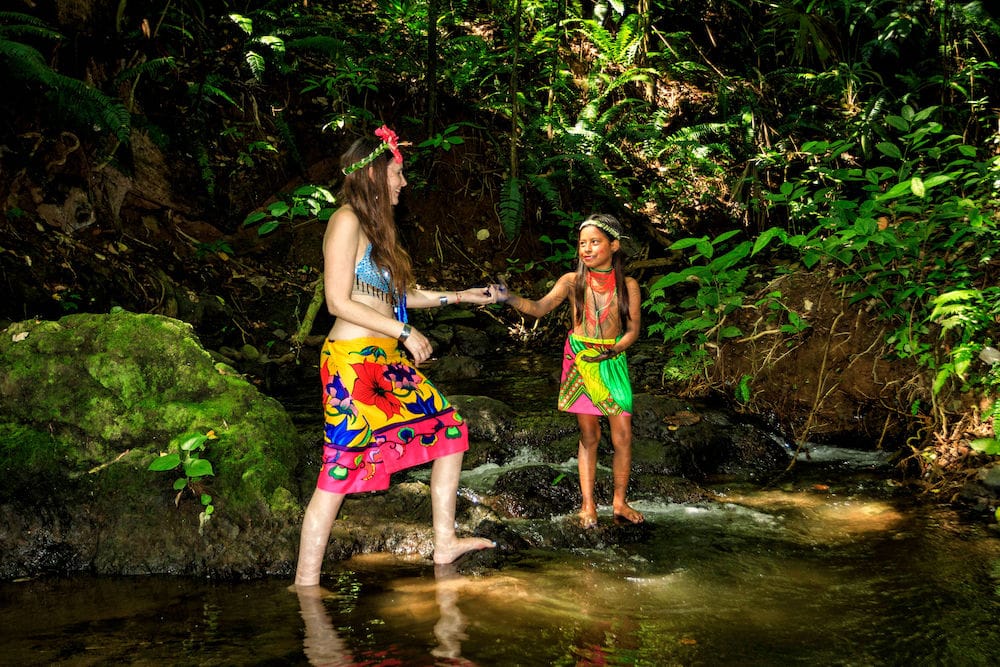
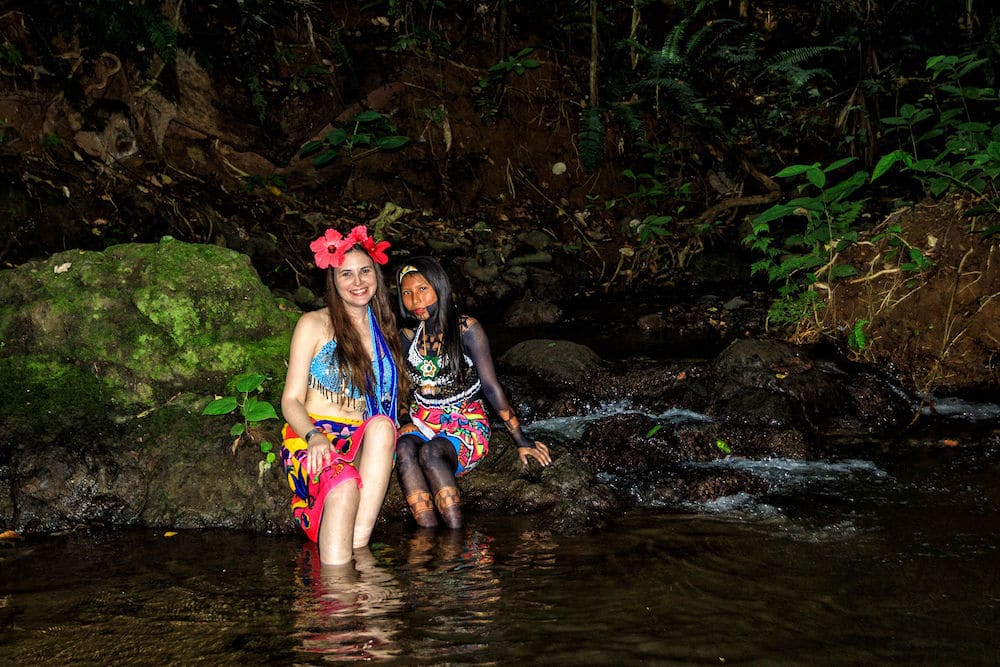
For lunch they served us trout from Lake Alajuela. Luckily, it tasted much better than the supermarket trout that tastes like dirt. They served us food in cocobolo dishes or in totumas. It was accompanied by some rice buns that were a bit tasteless.
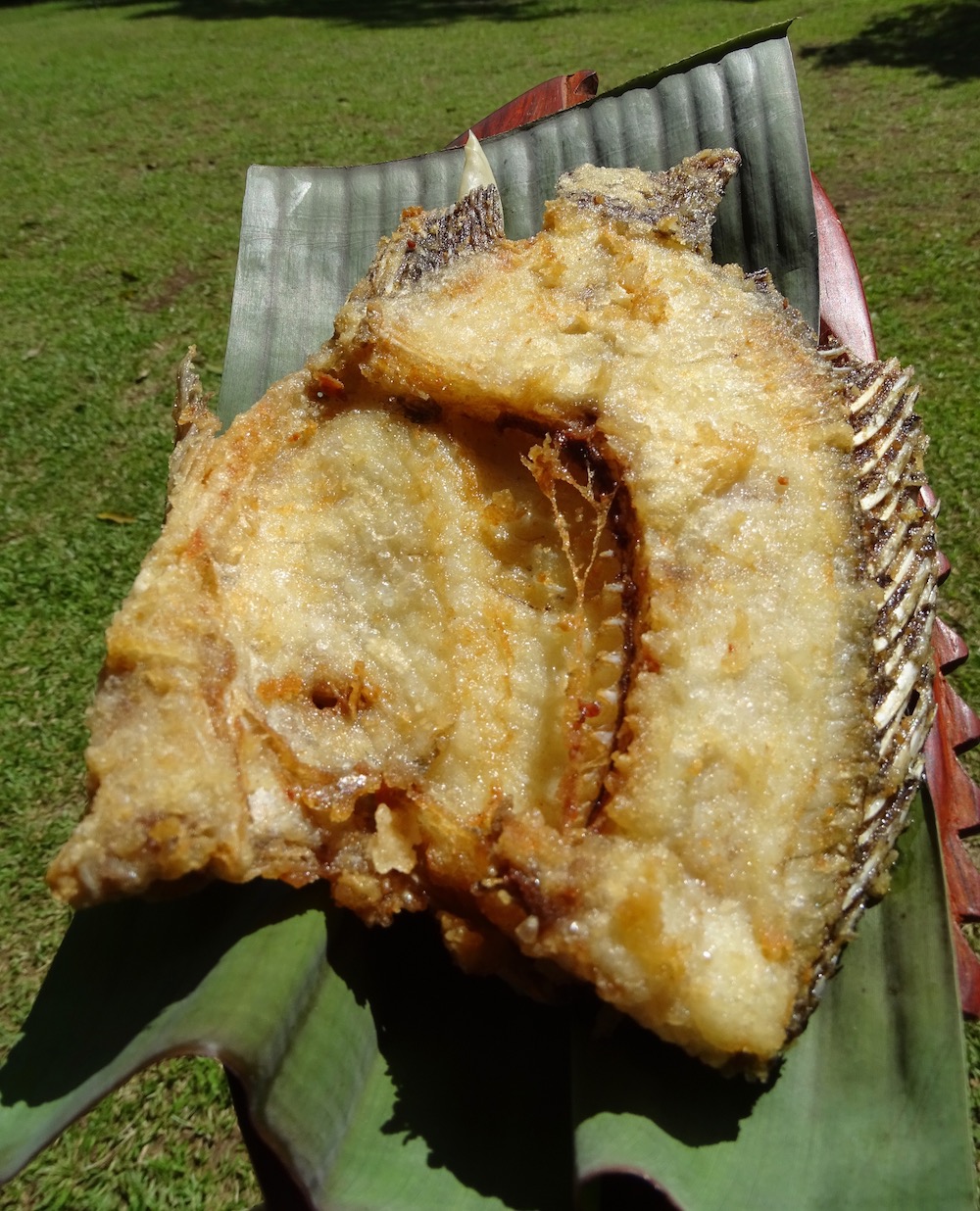
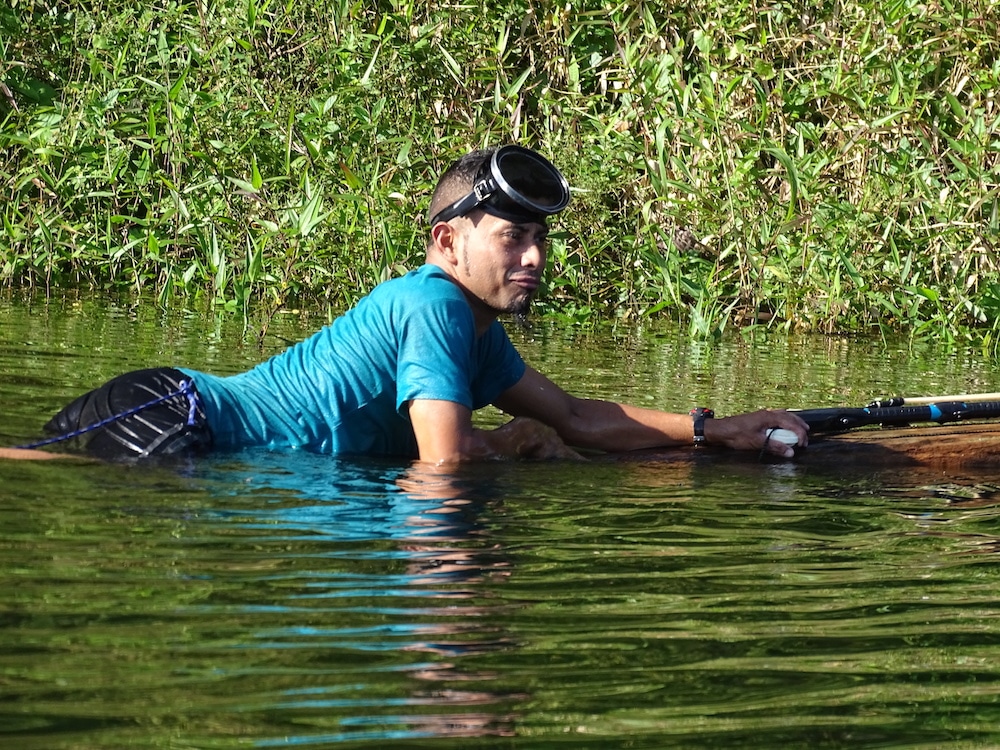
Embera history
The Embera come from the Chocó region in Colombia. Currently, there are about 33,000 Embera in Panama and 50,000 in Colombia. At the end of the 1700s they migrated to what is the province of Darien in Panama. Their migration was due to the need to acquire more land, but this area was occupied by the Guna. However, the Embera were warriors and displaced the Gunas who had to migrate to the islands of San Blas. The Wounnan joined the struggle of the Embera, who traditionally live in rivers.
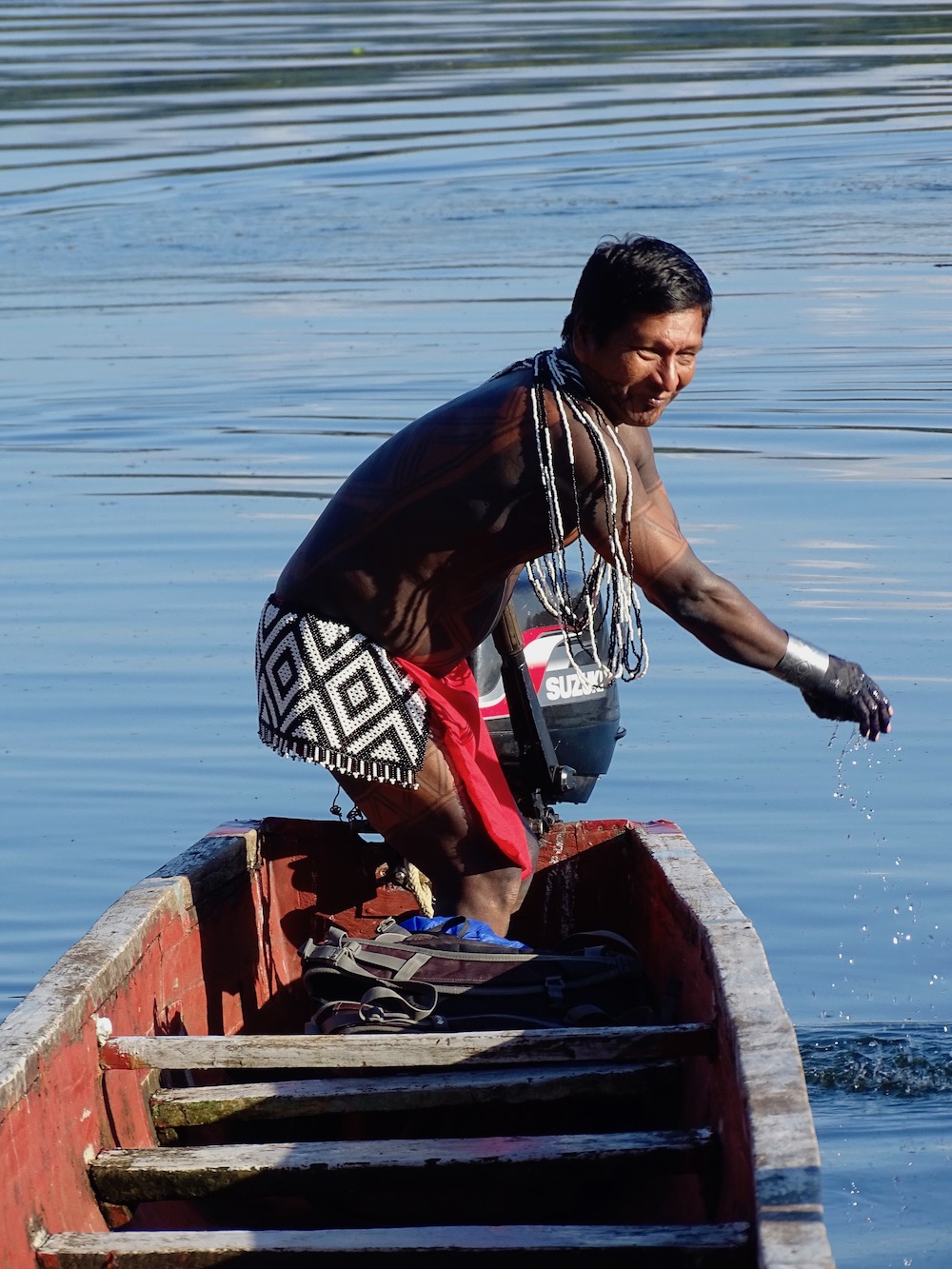
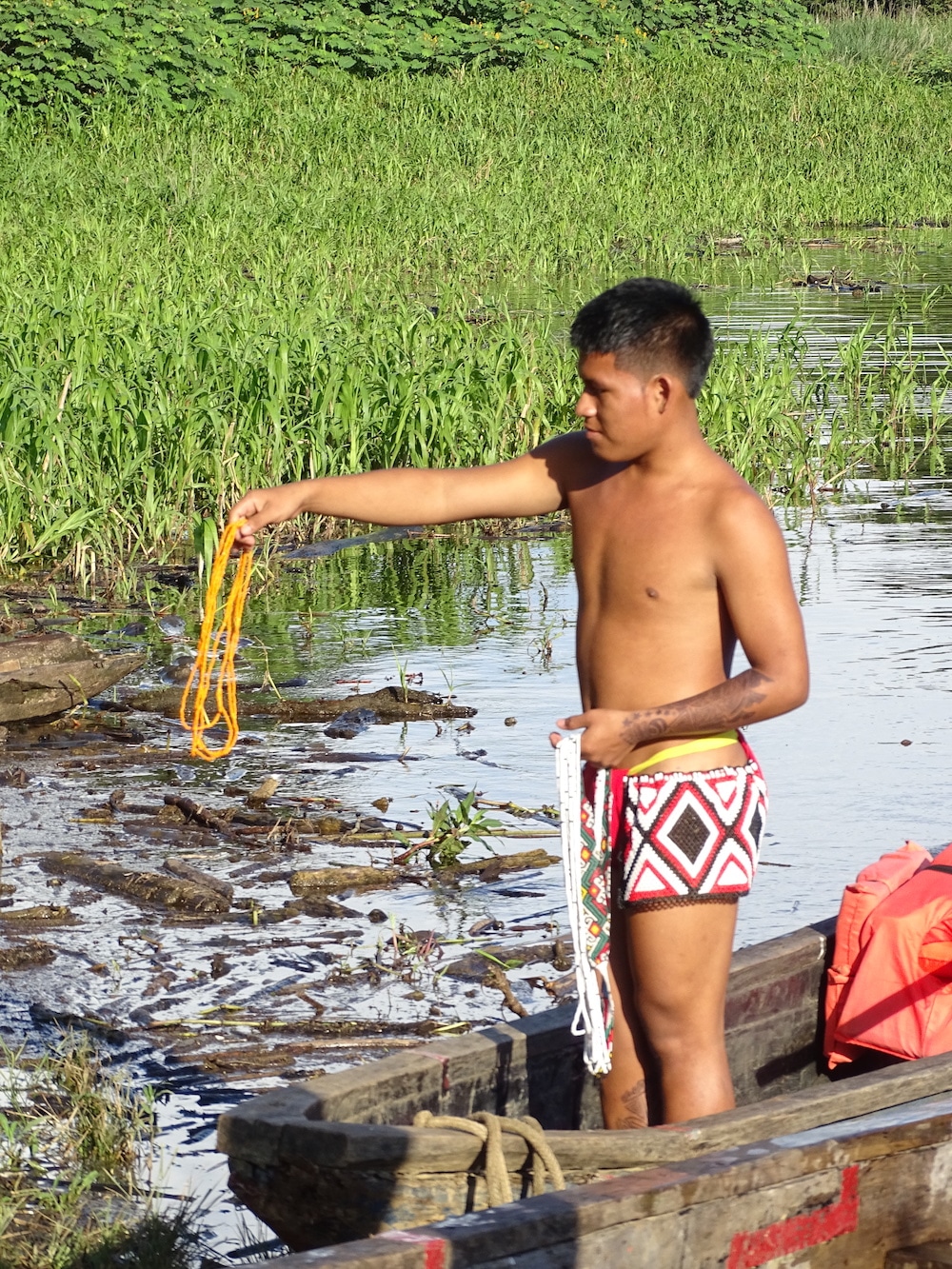
For a long time, Darien was inhabited by the Embera and Guna Indians, apart from the African slaves who had escaped. The ‘Darienites’, as they were known, lived in port towns at the mouth of the rivers, including La Palma, Yaviza and Garachine. While the Embera lived in the river. At that time, rivers were the main form of transport in the area.
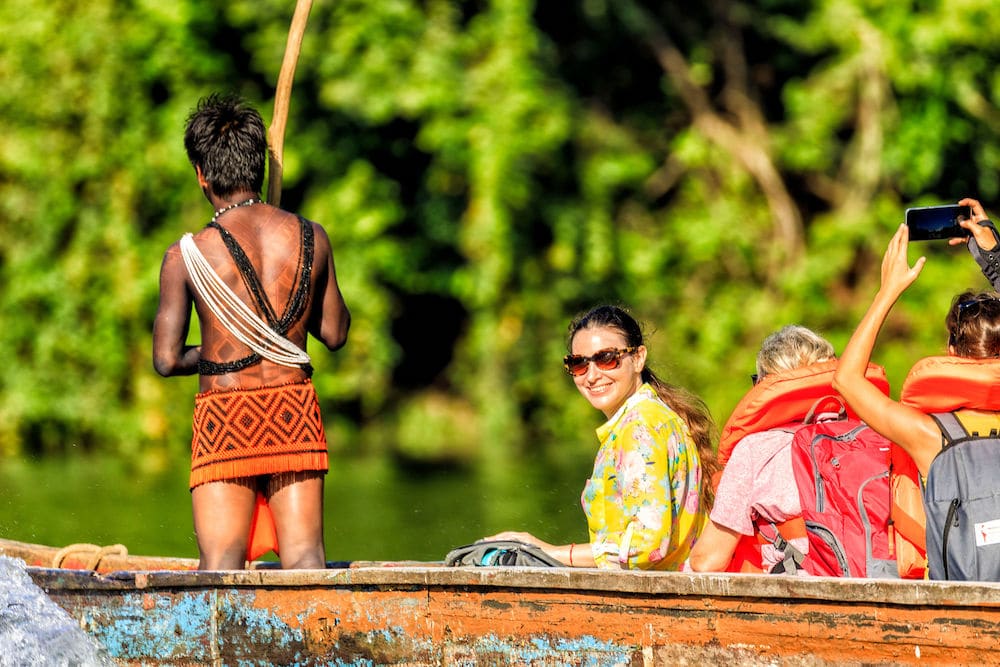
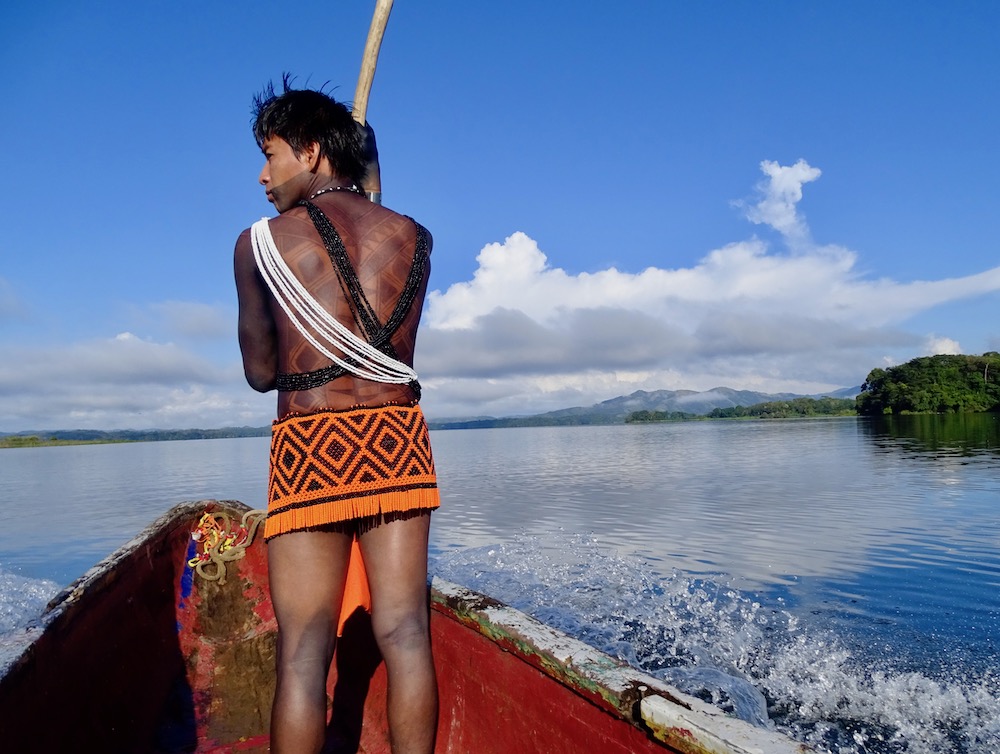
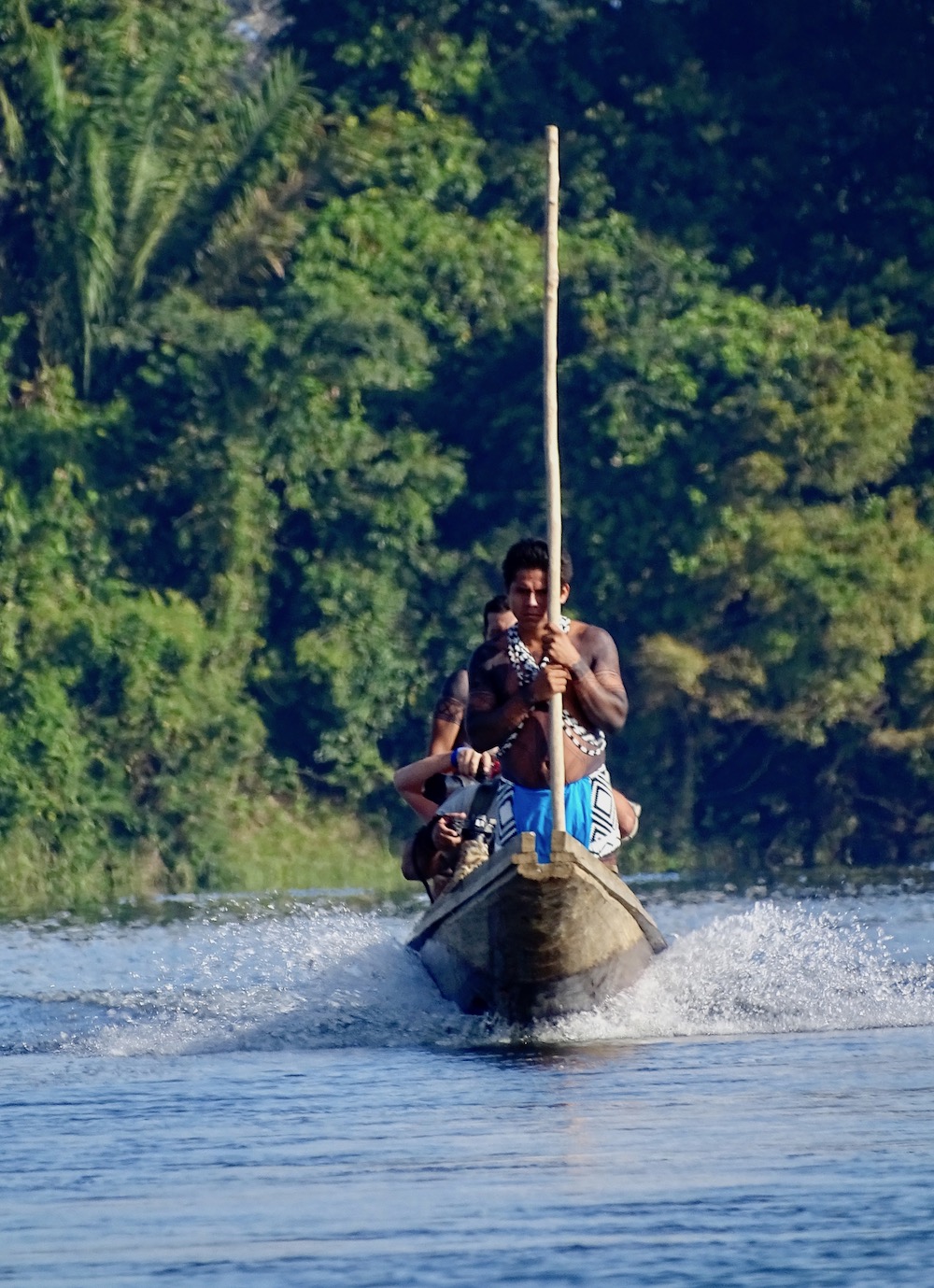
Traditionally, the Embera lived in dispersed settlement patterns. In the 1950s they began to form in communities, which was promoted during the government of Omar Torrijos. Today almost everyone lives in communities. The Embera-Wounaan region was created in 1983. It is divided into two territories that surround two of Darien’s main rivers: Sambu and Chucunaque. Many of the Embera communities in Darien have Guna names, including Ipeti, Torti and Capeti.
Over the years they began to emigrate forming communities in Lake Alajuela and the Gatun Lake. These are the main Embera communities visited by tourists because of their proximity to Panama City.
